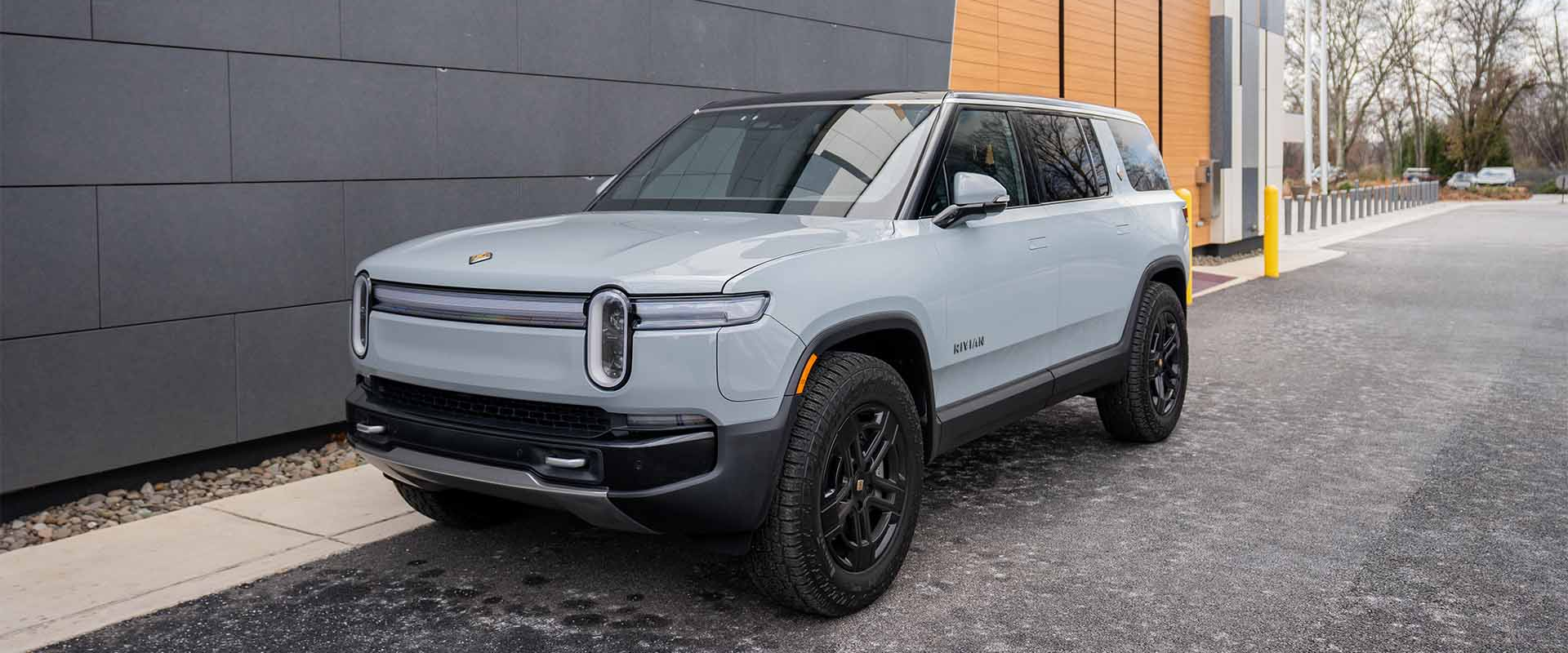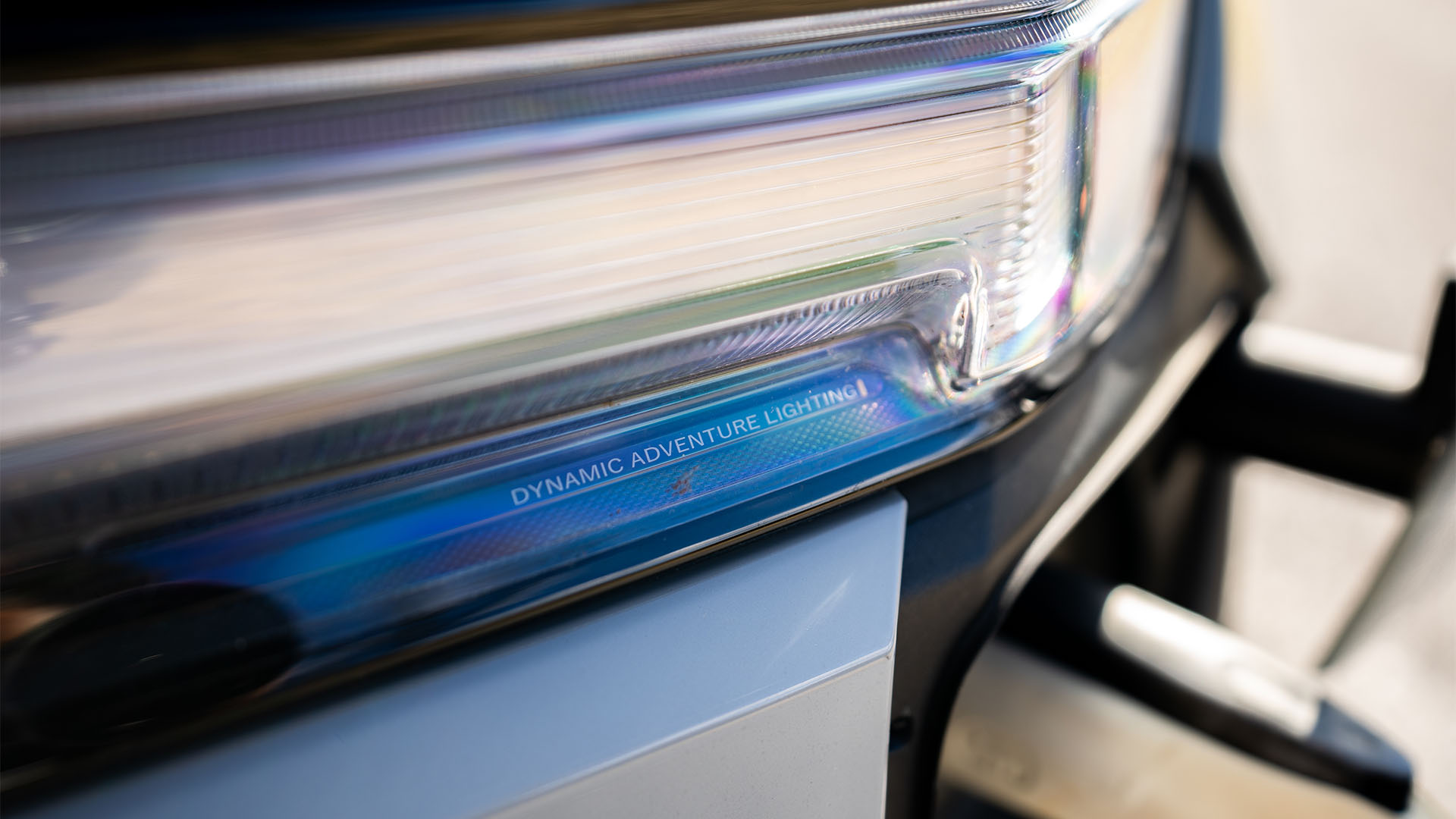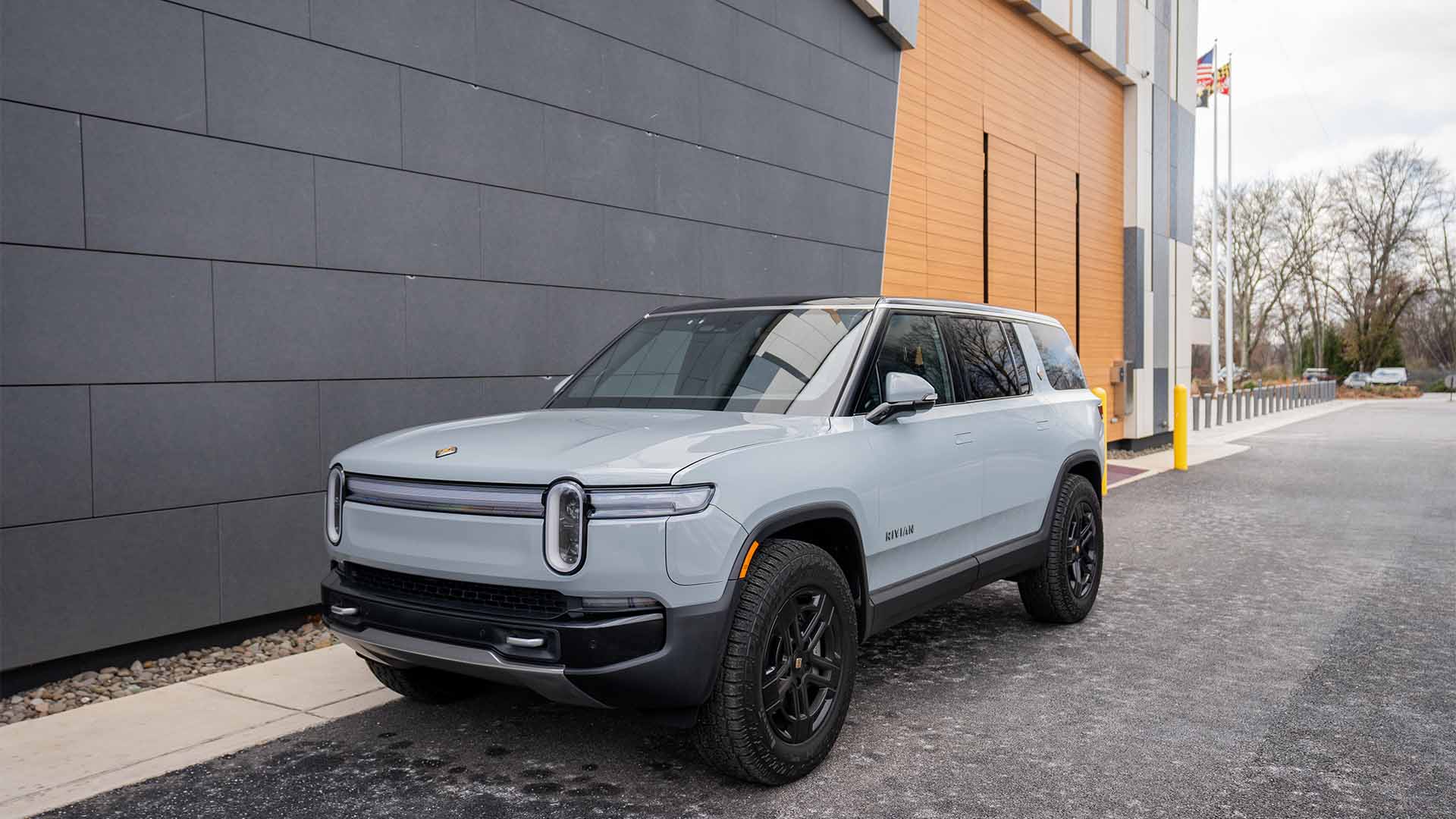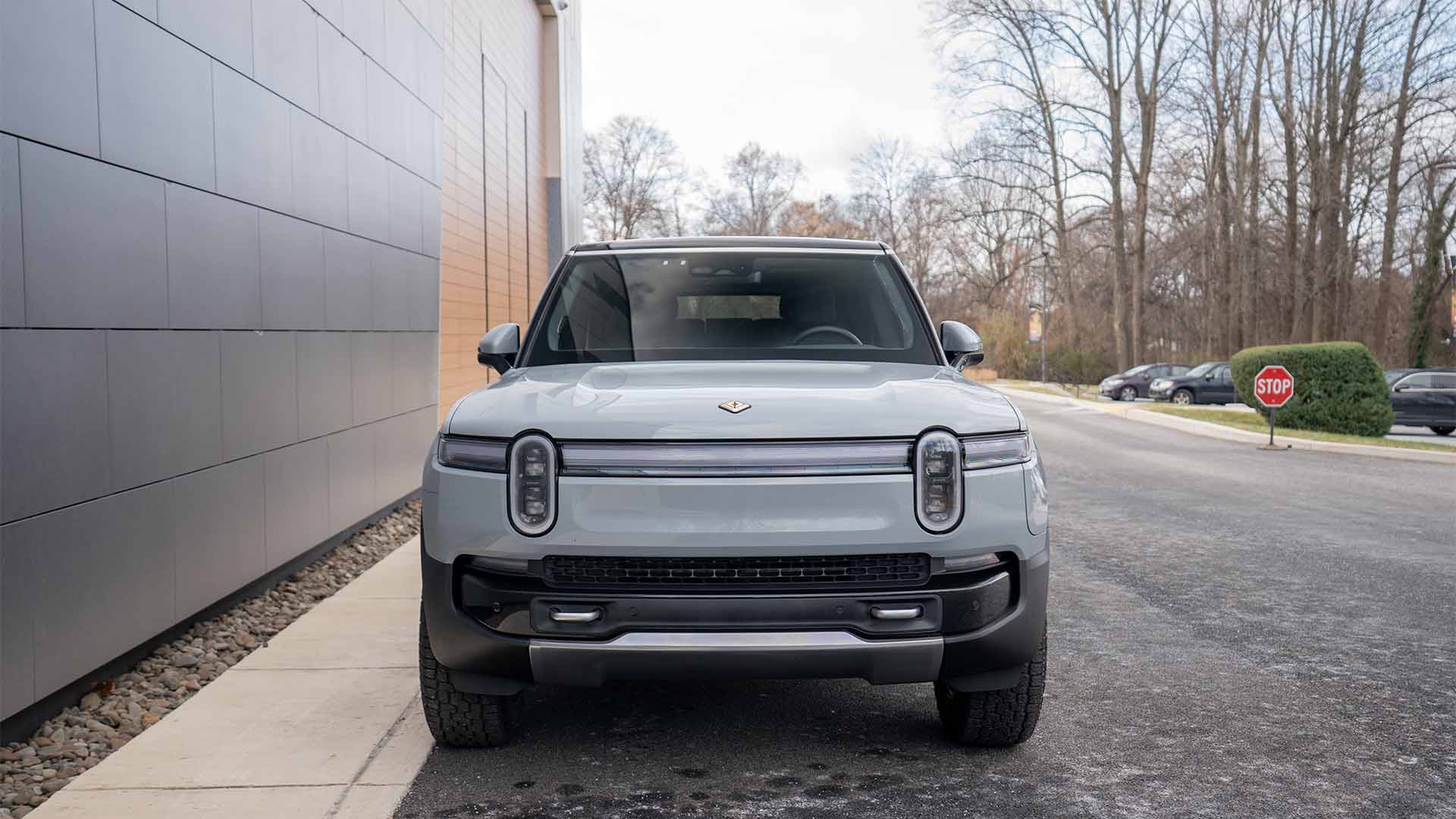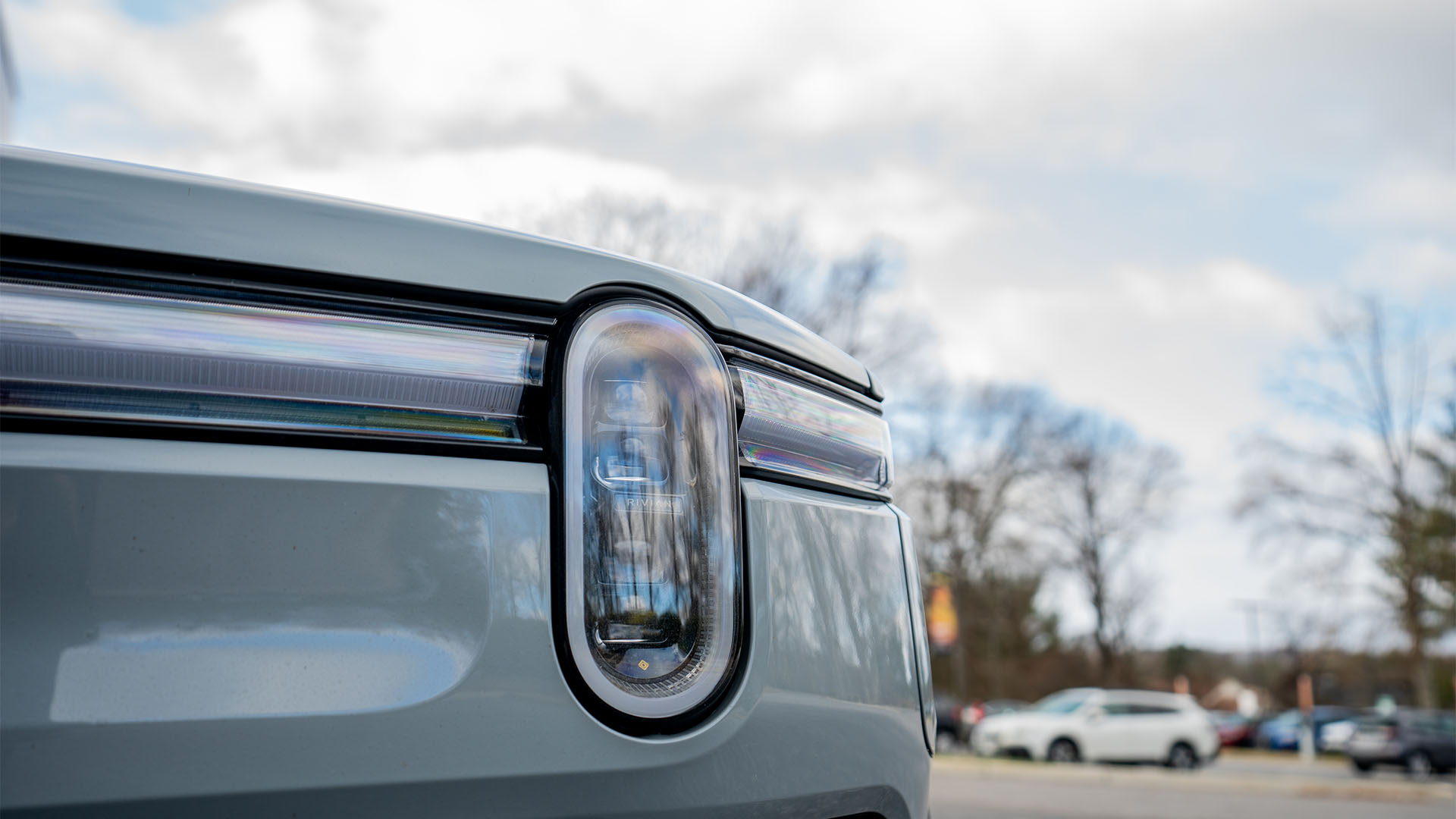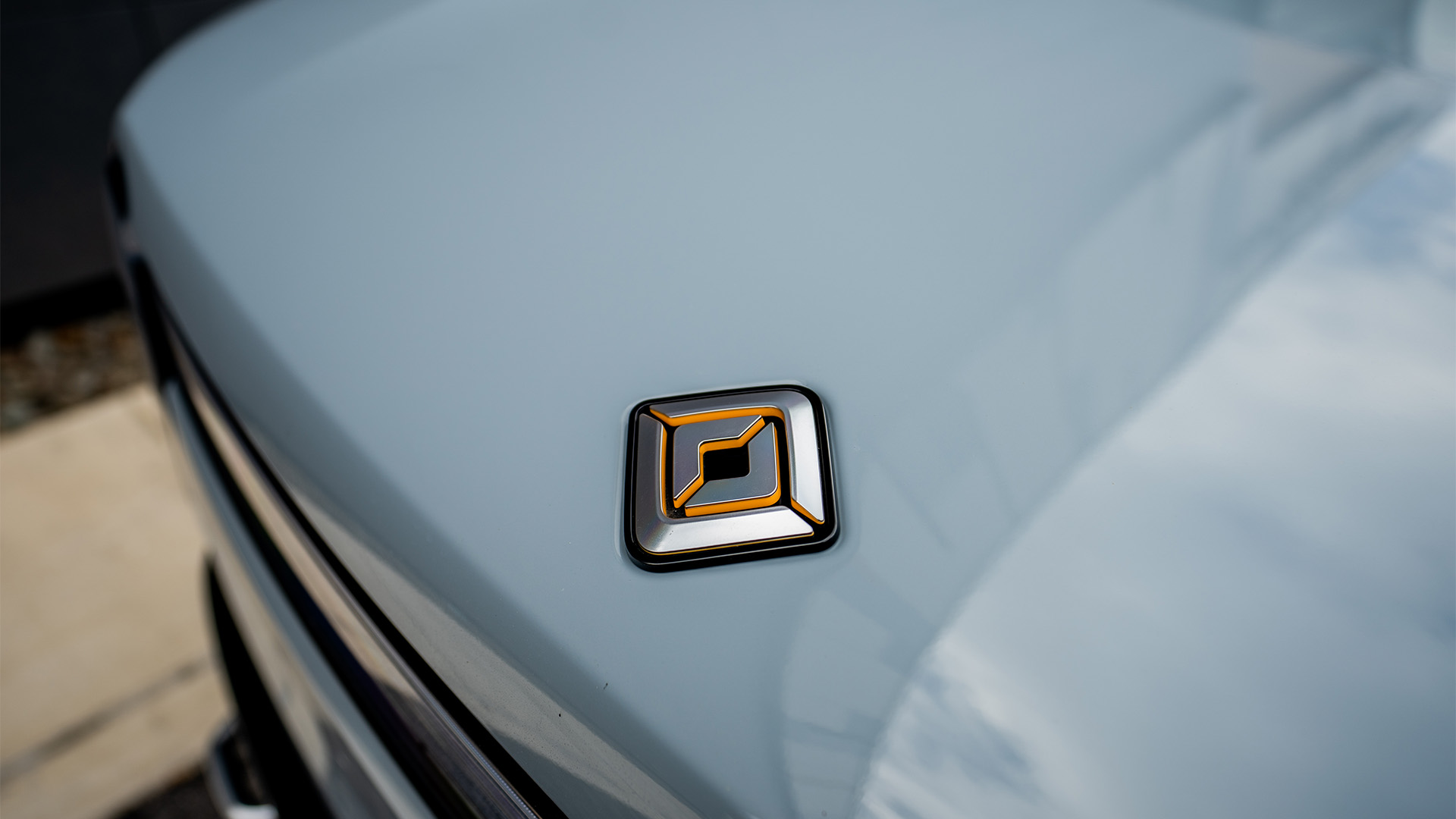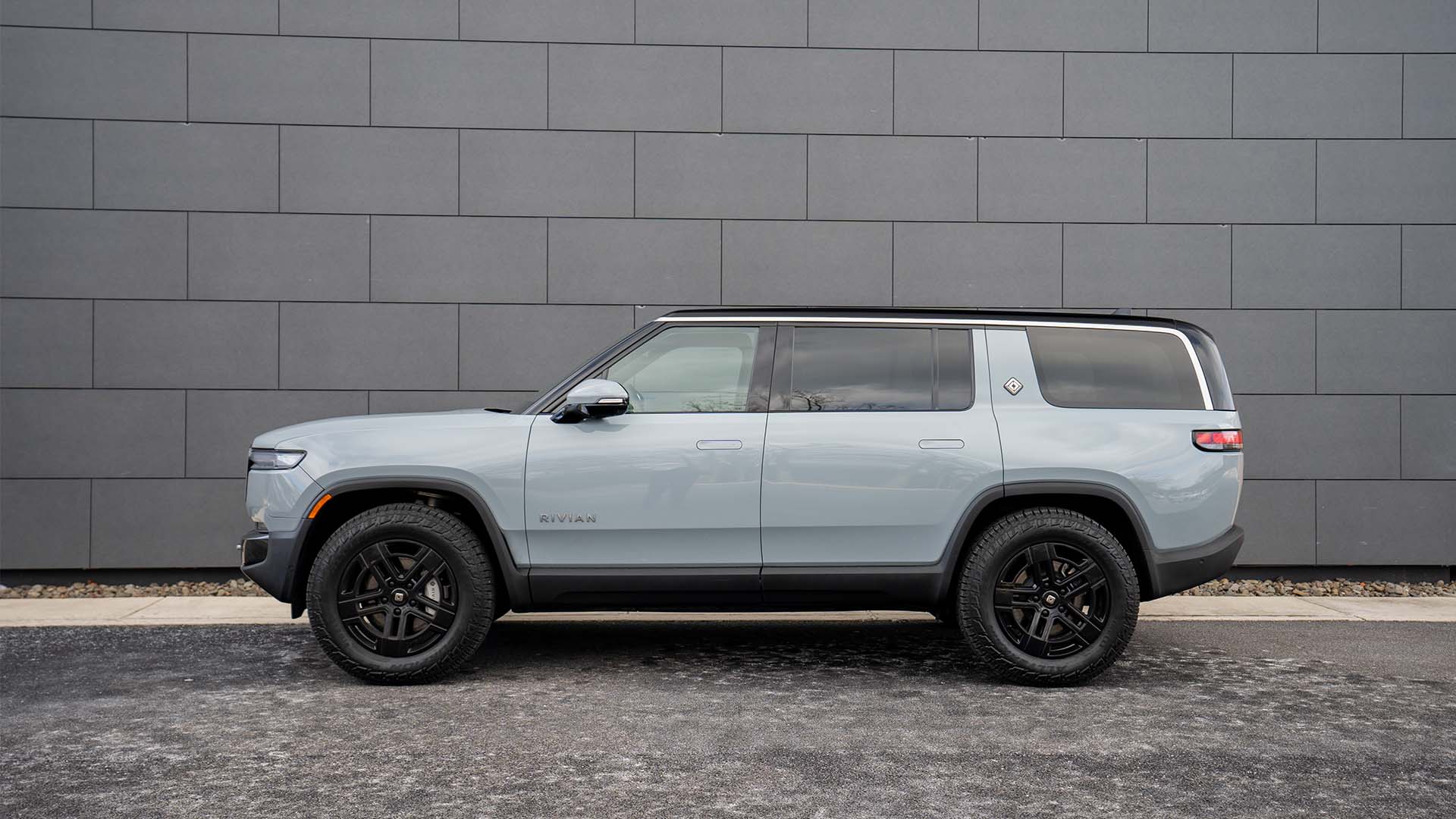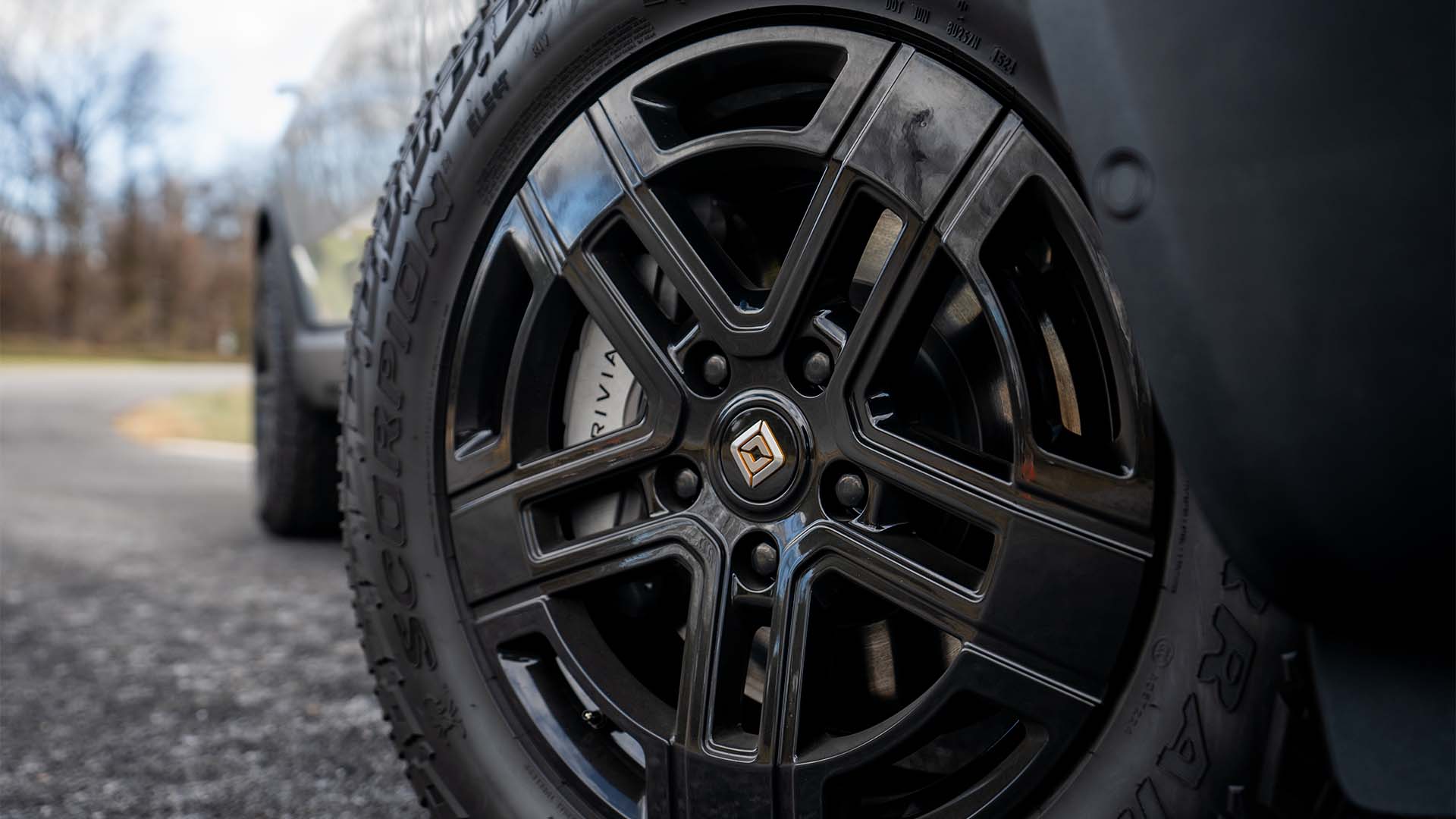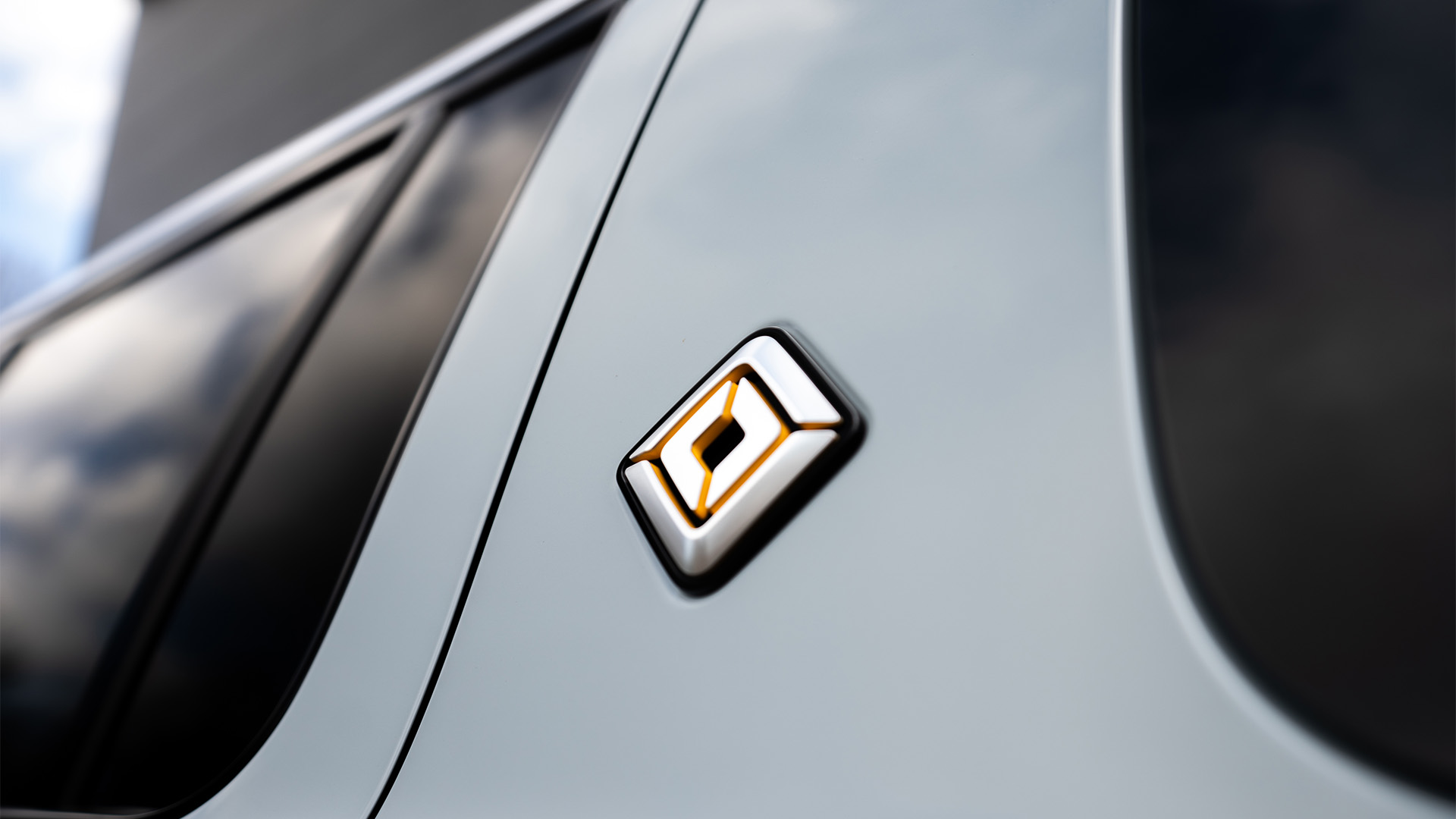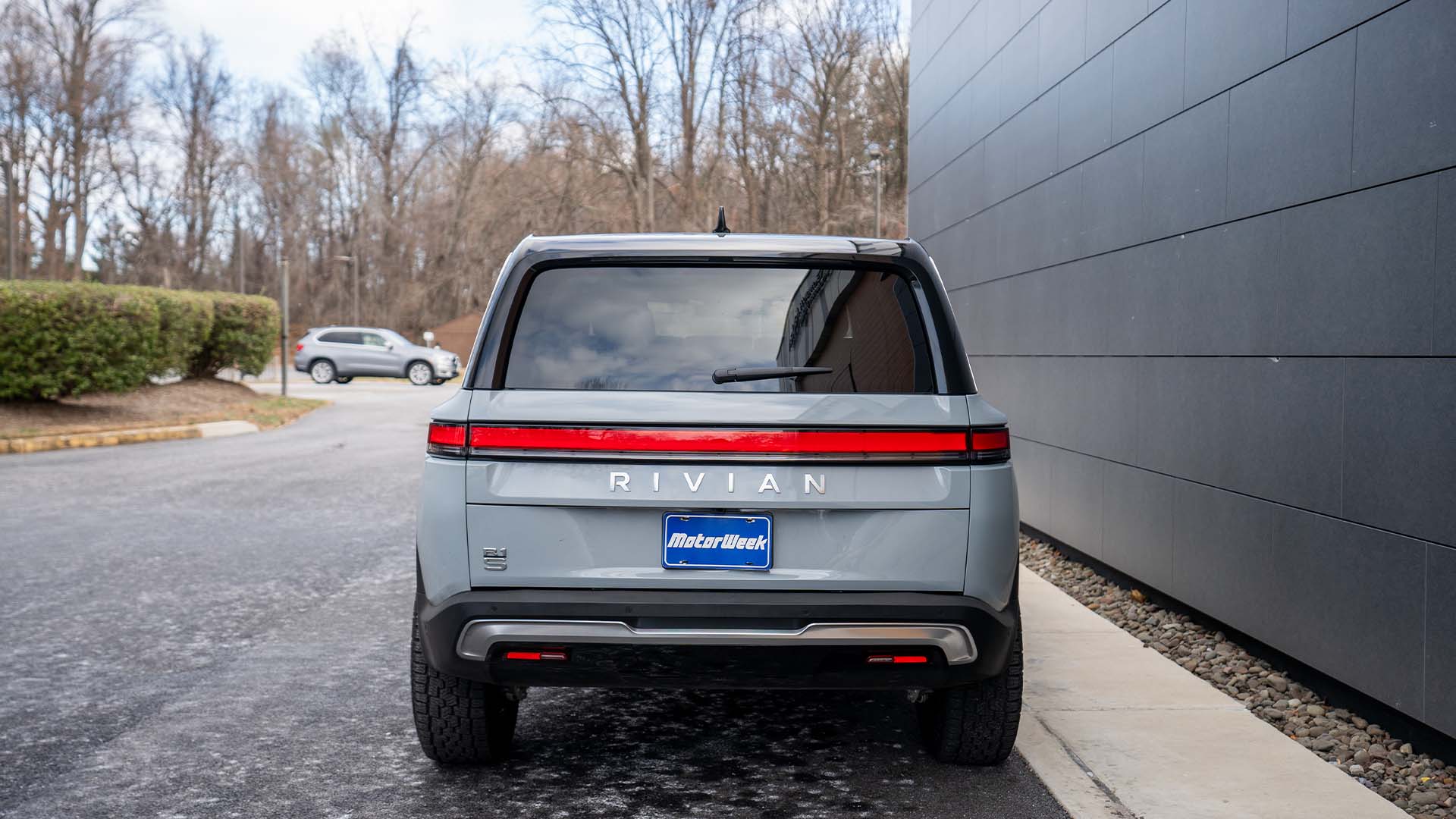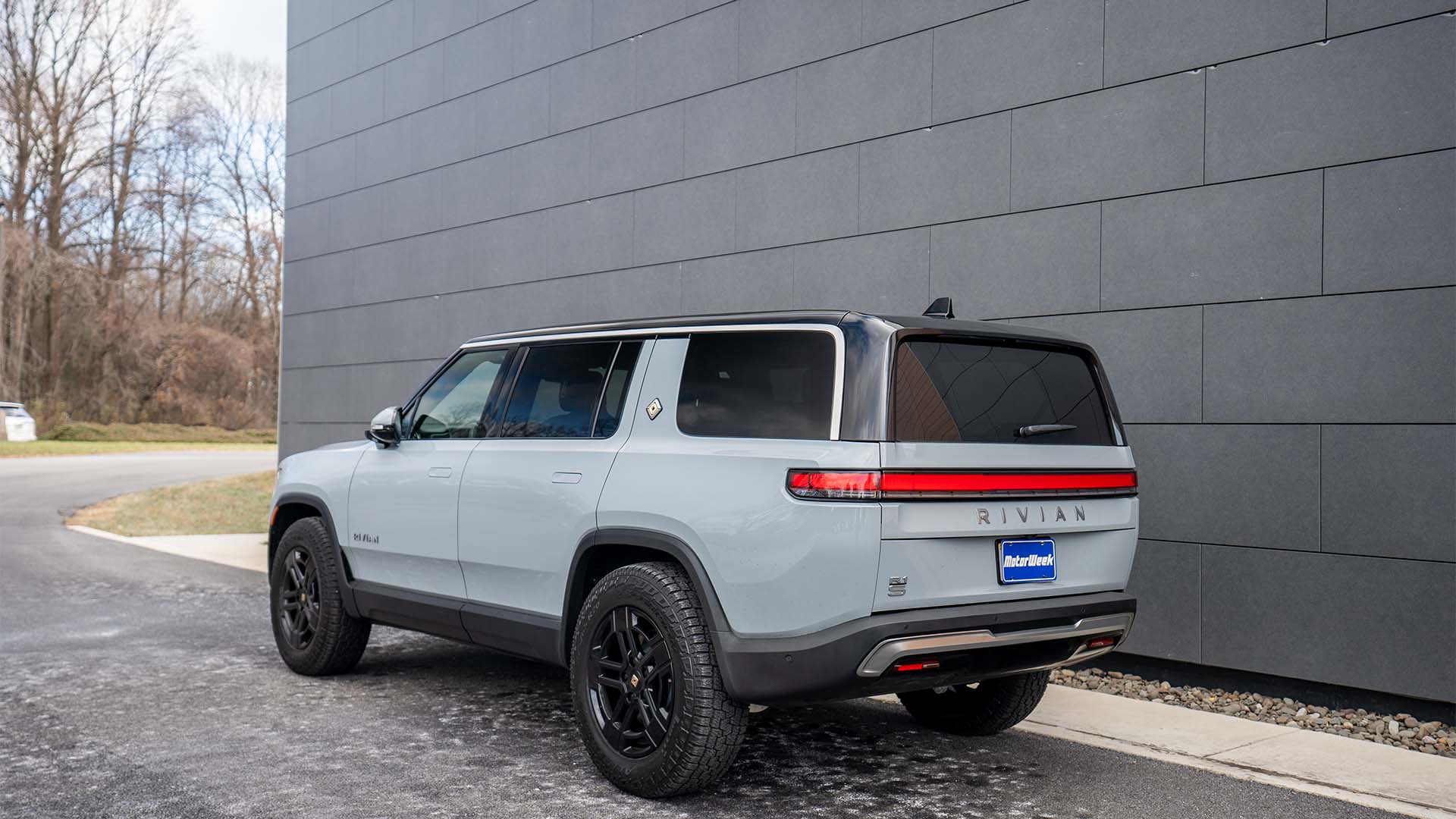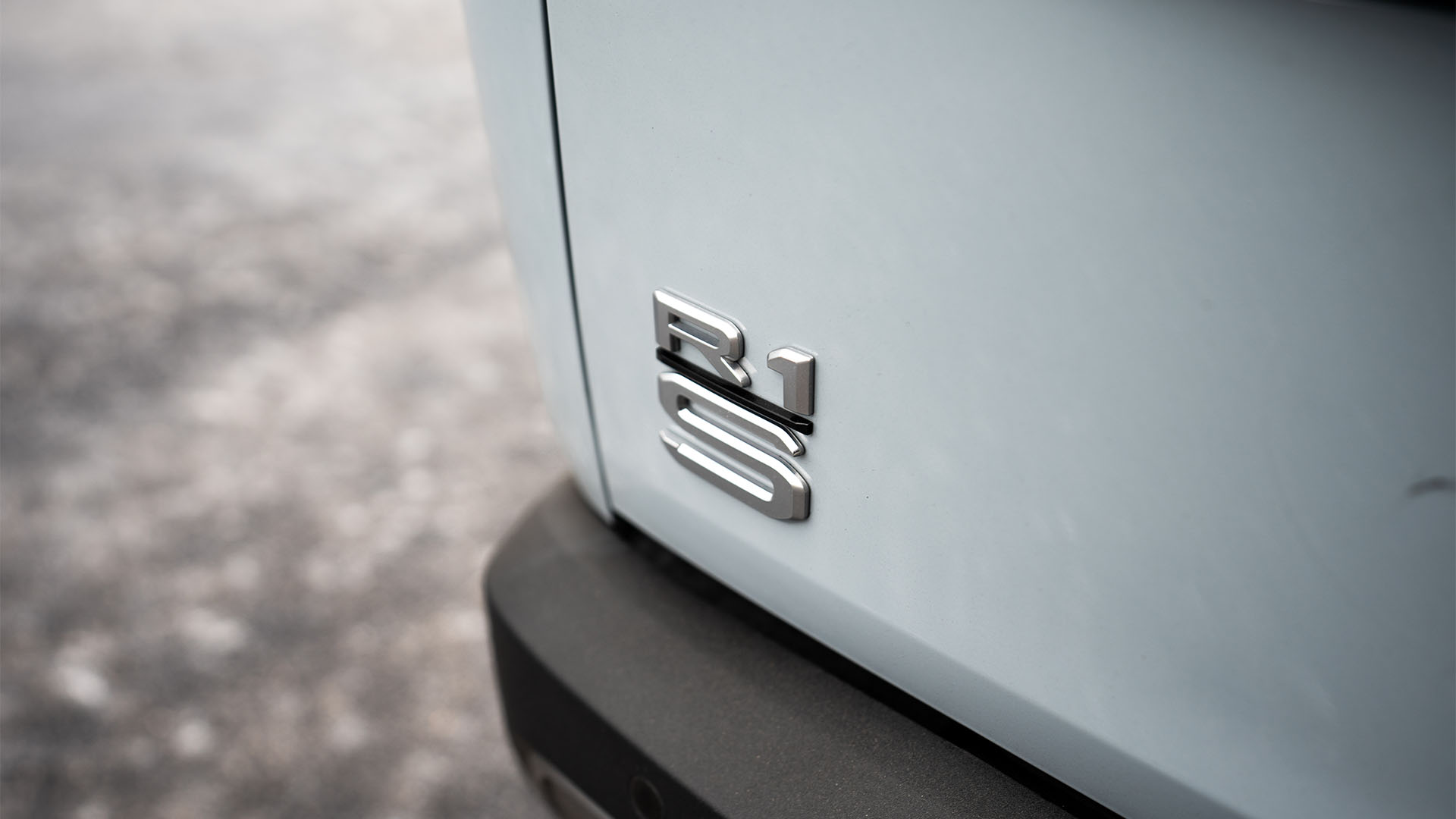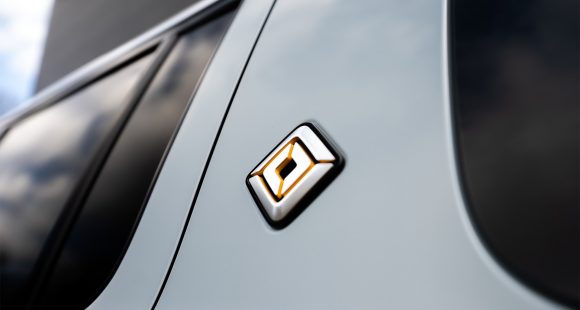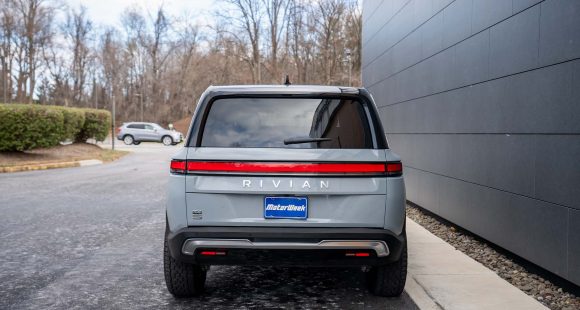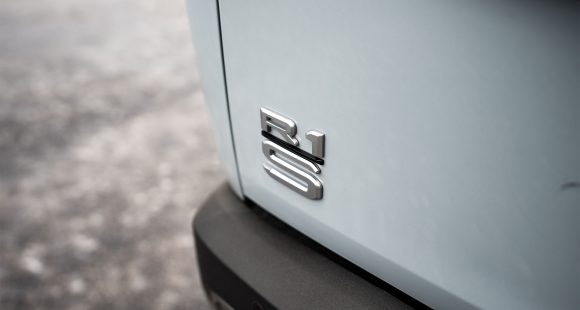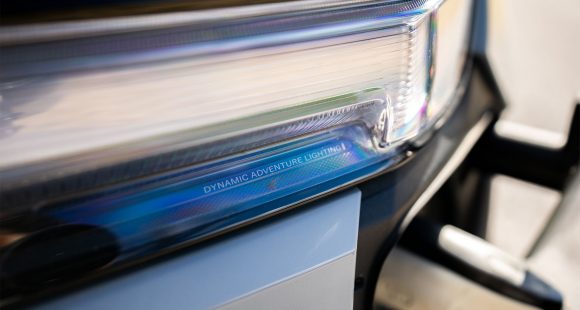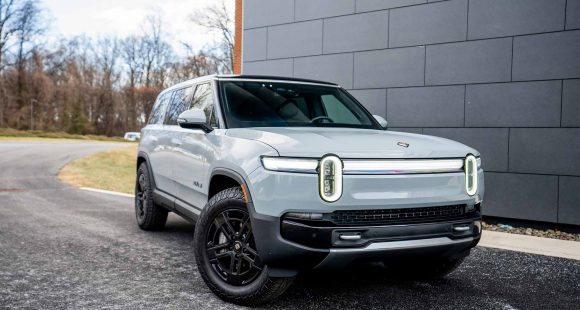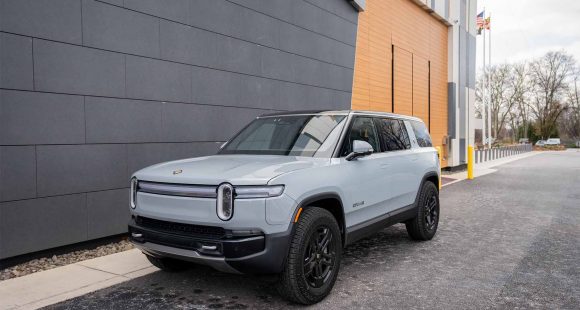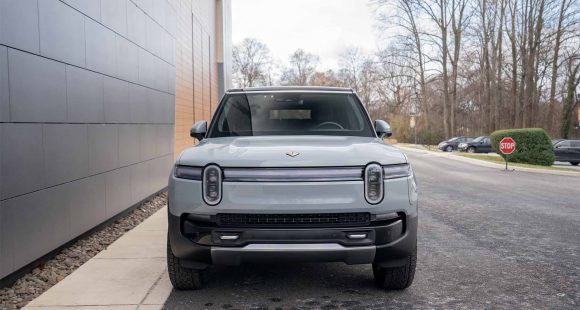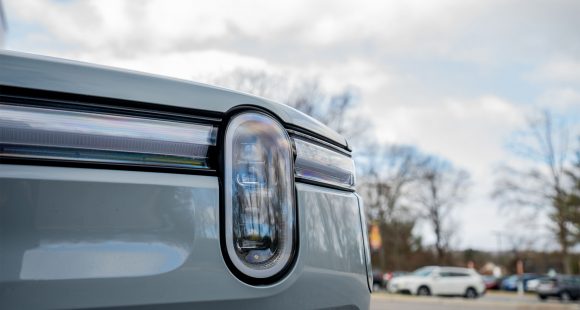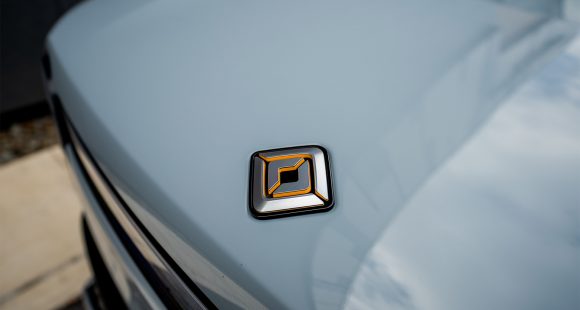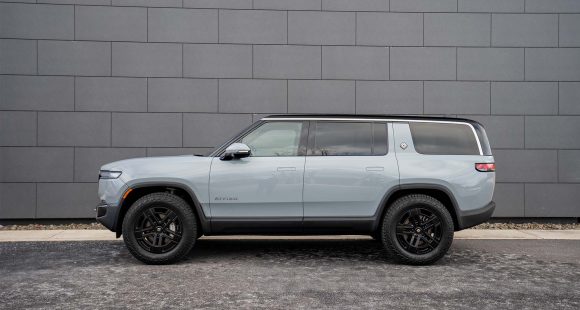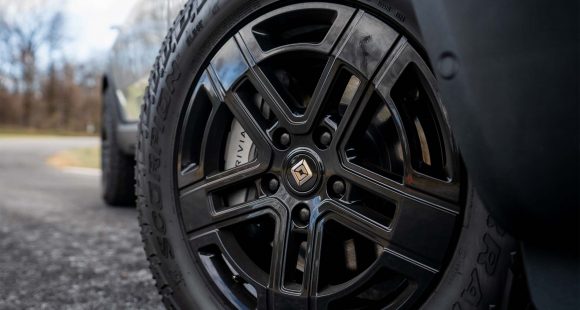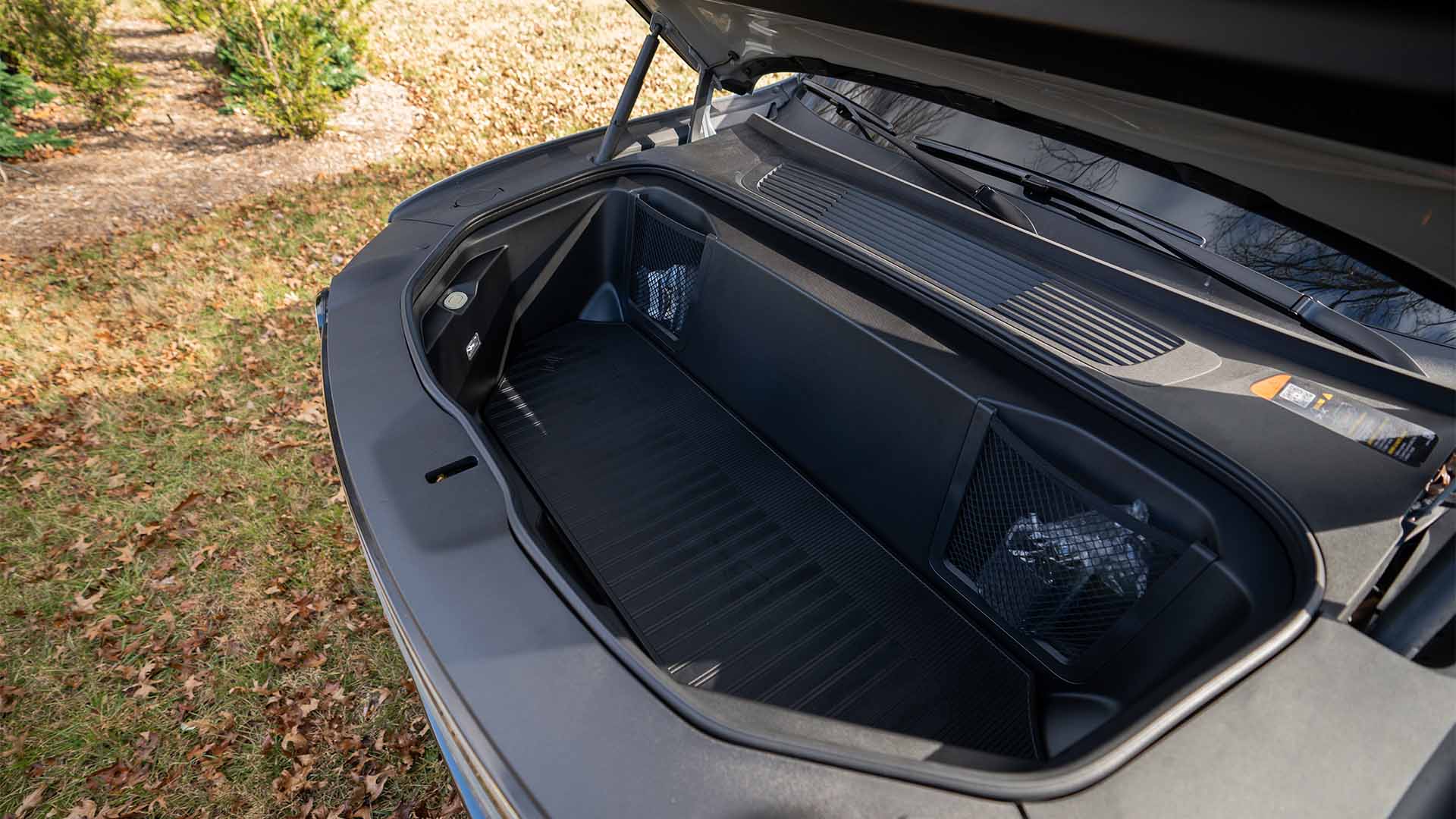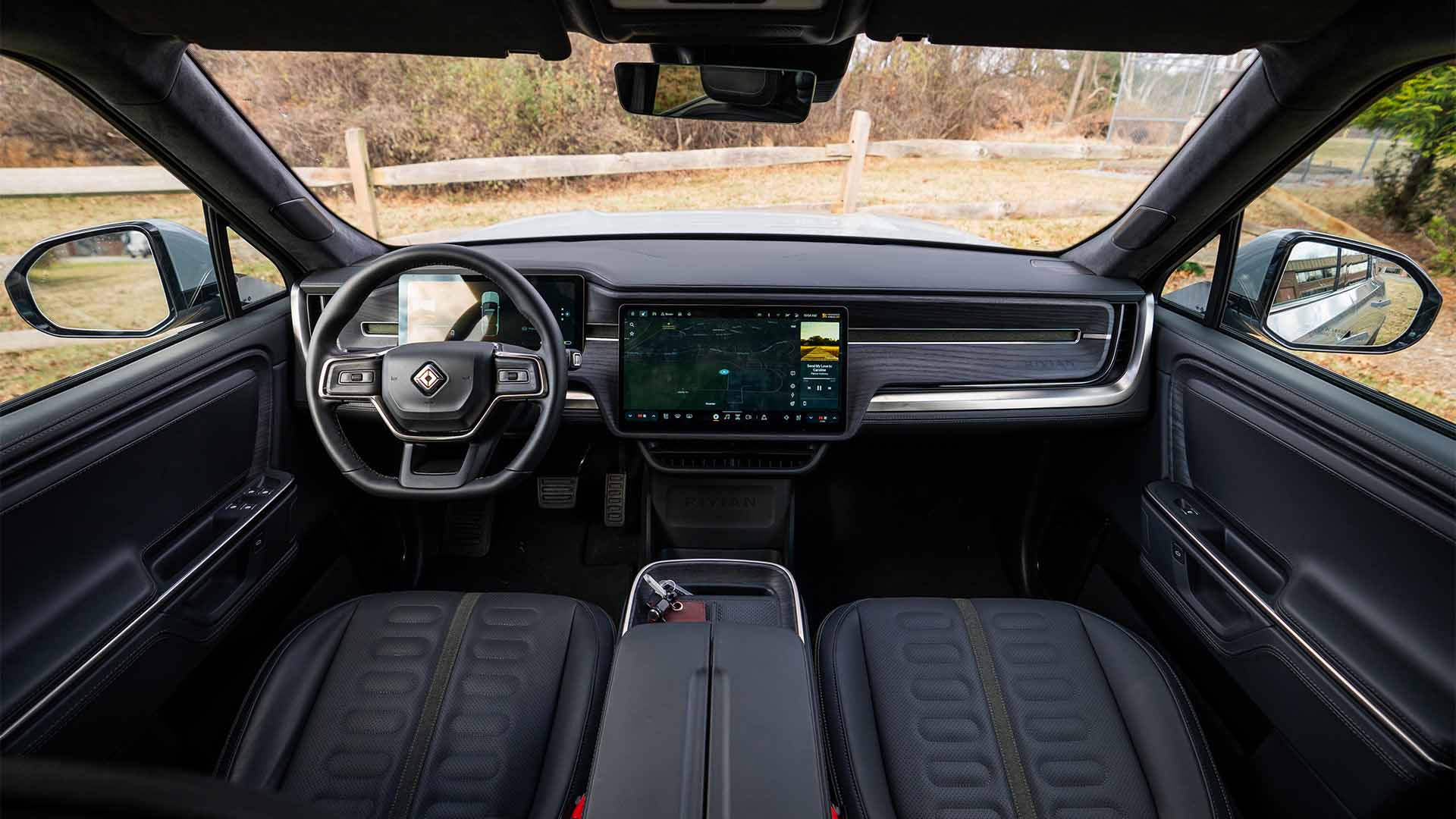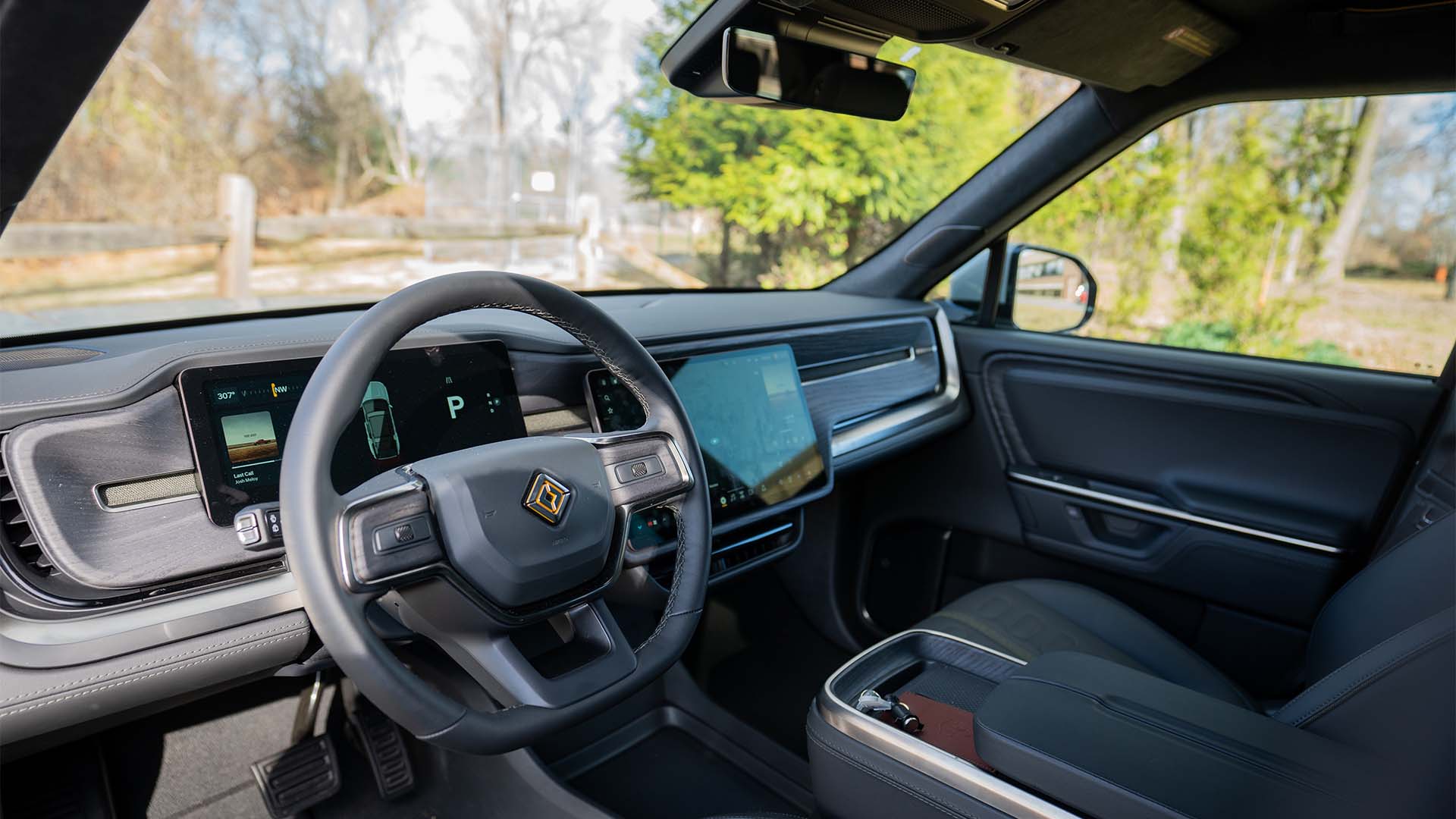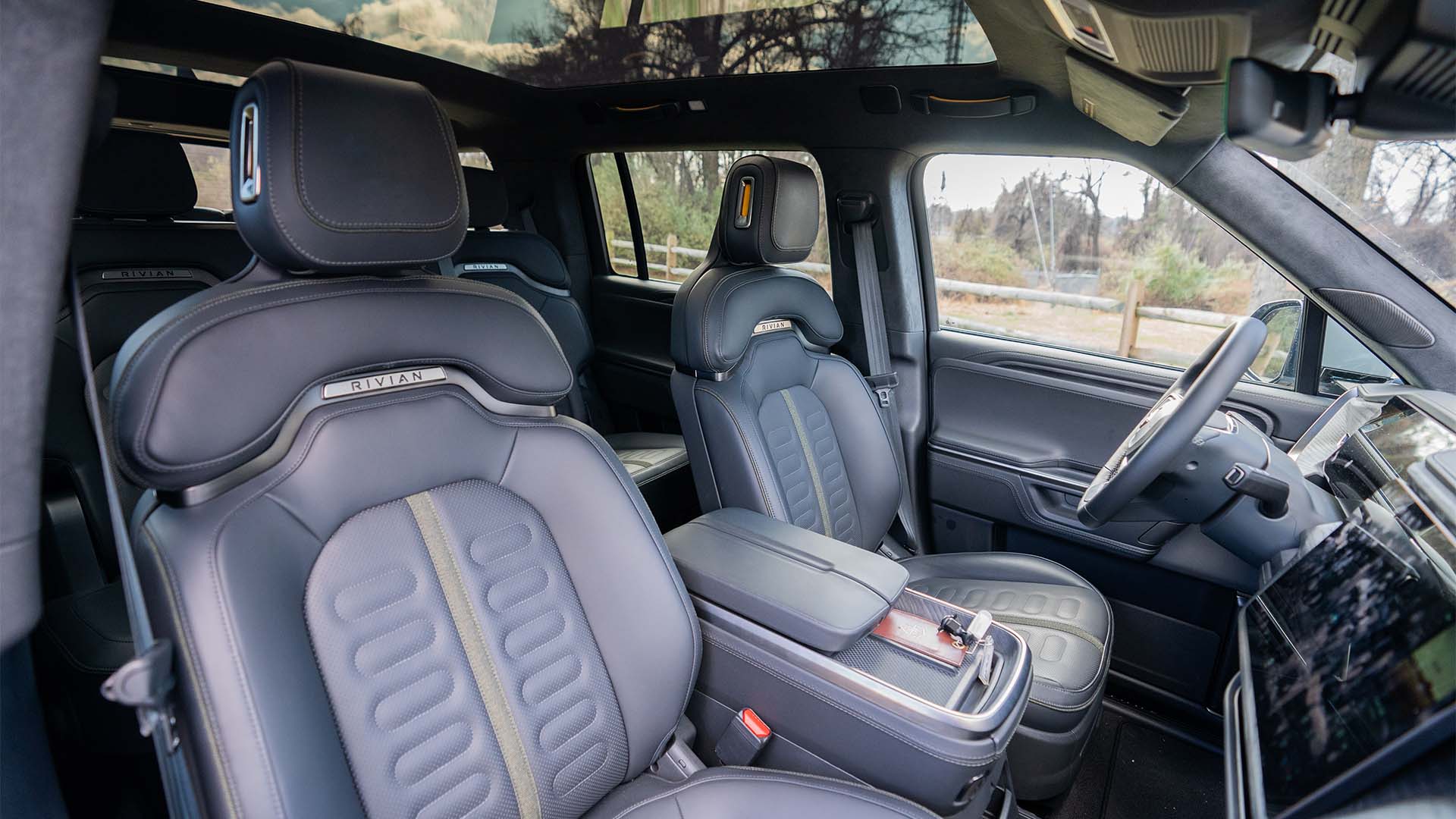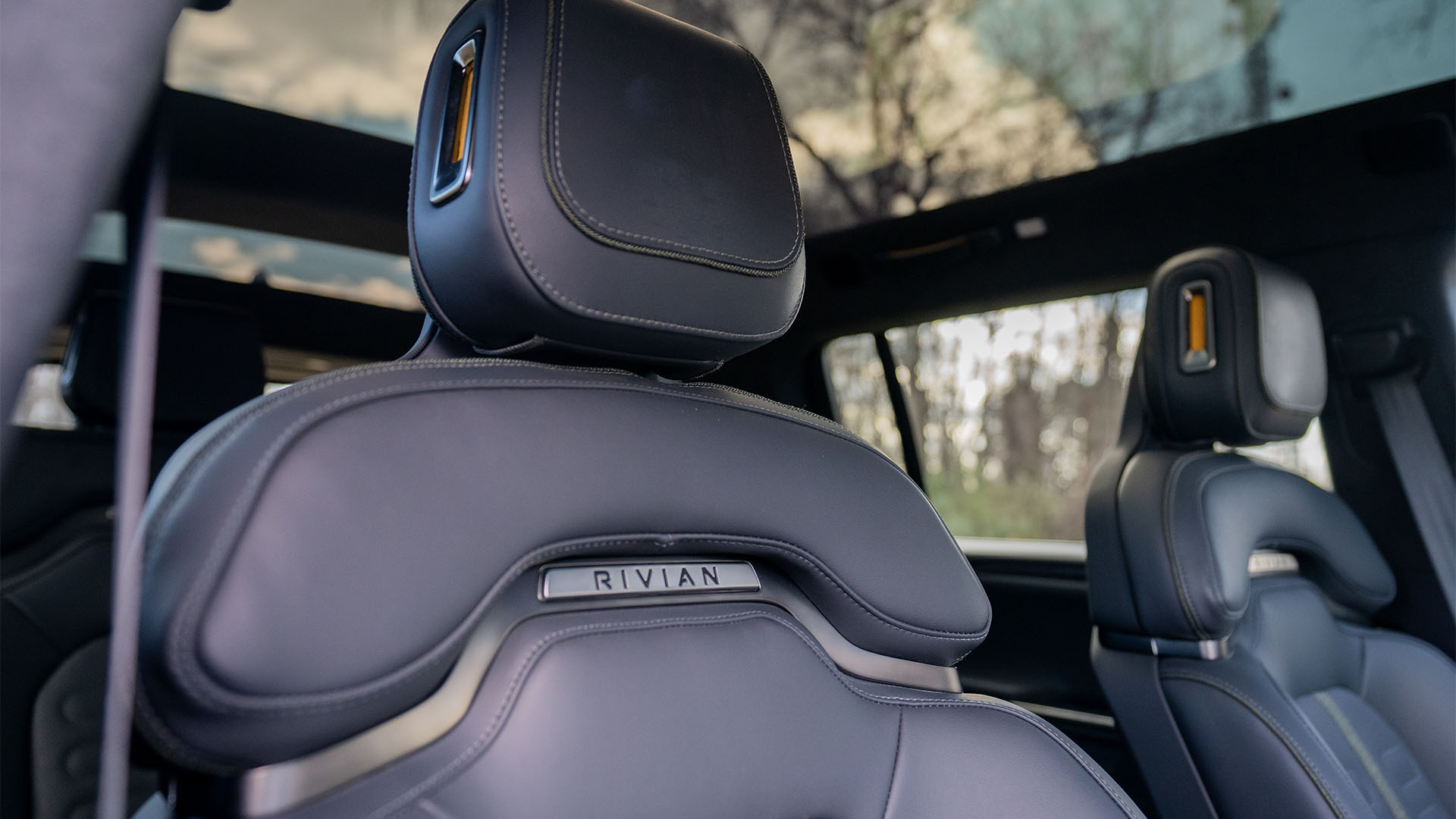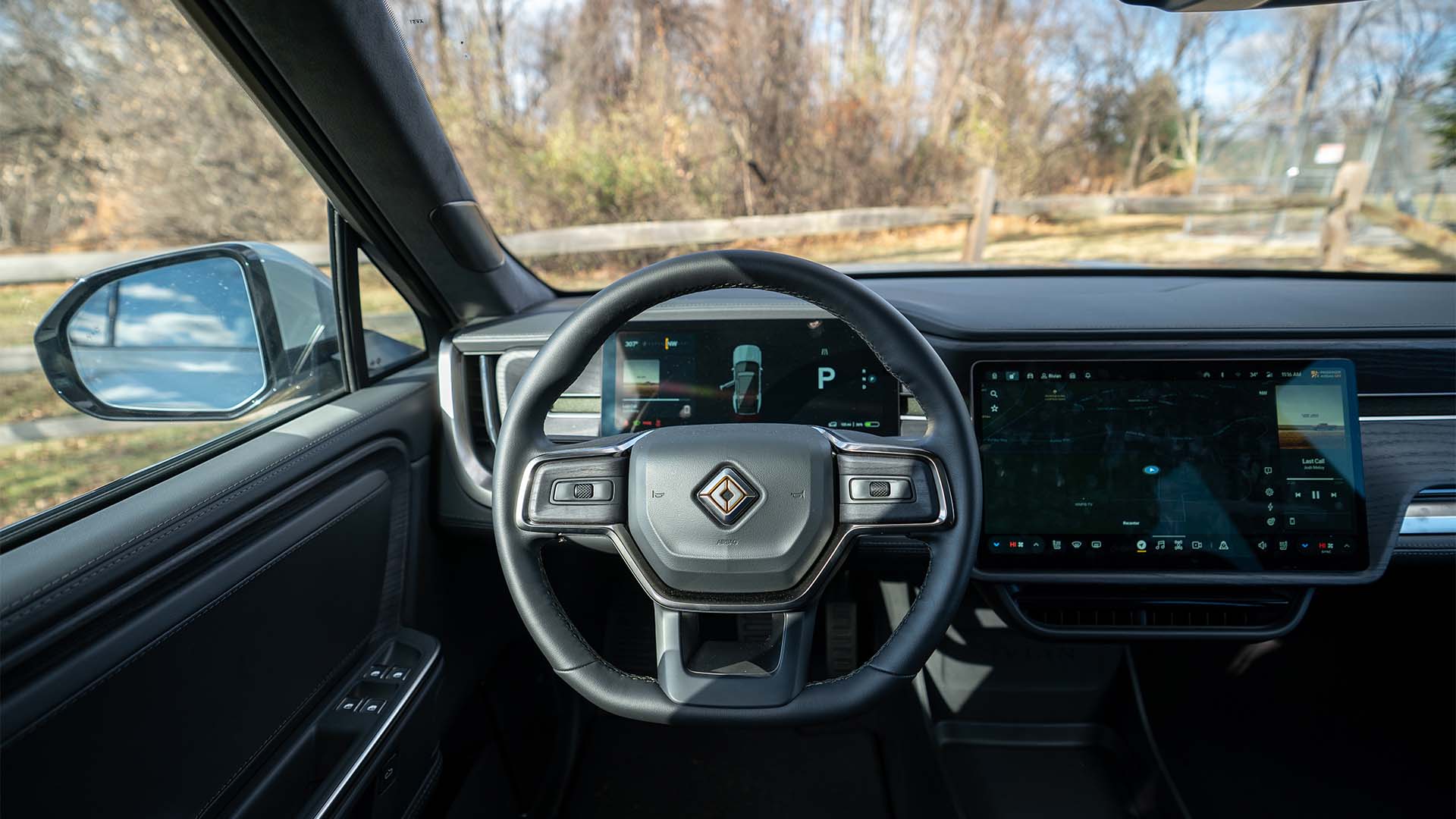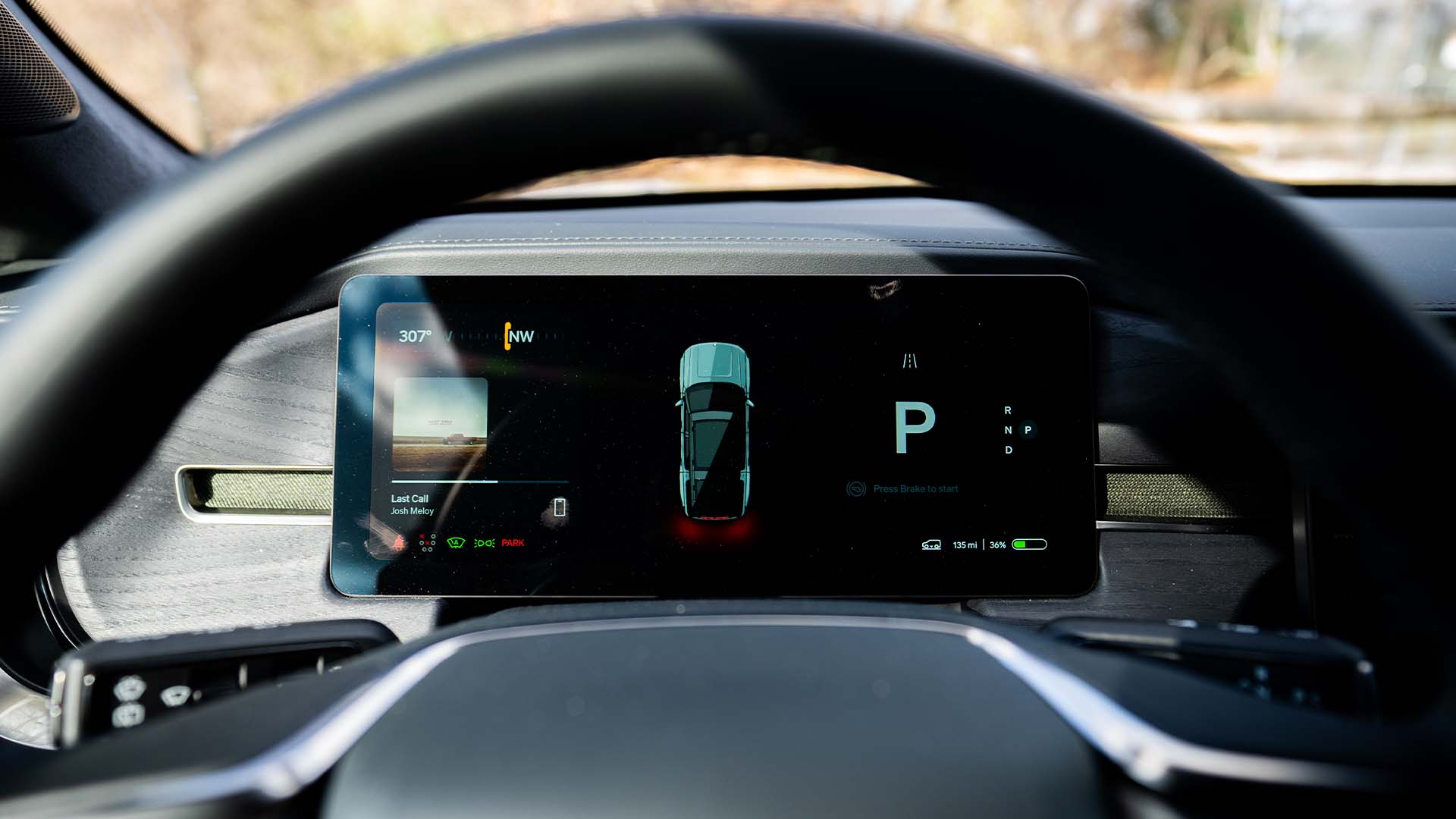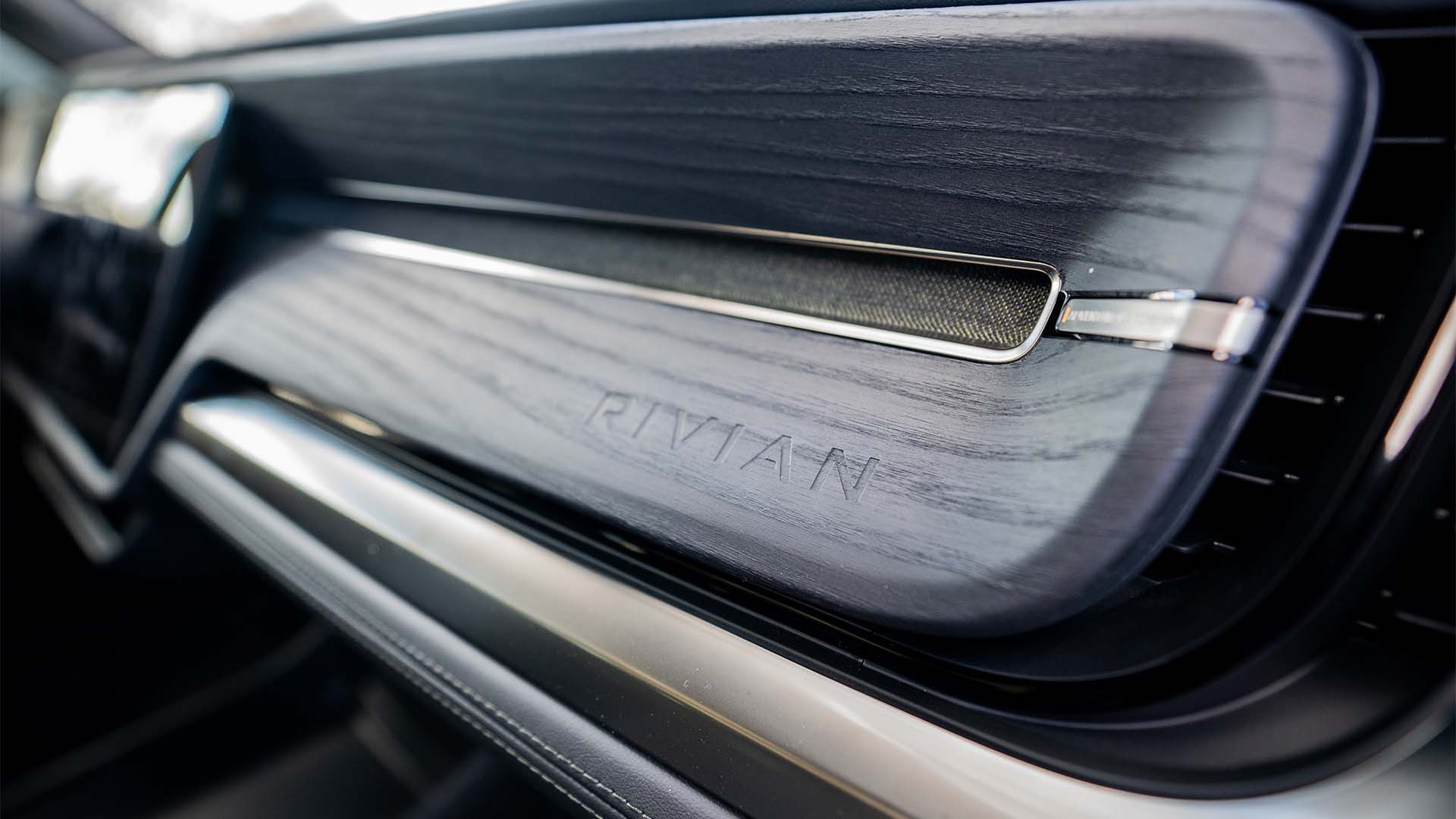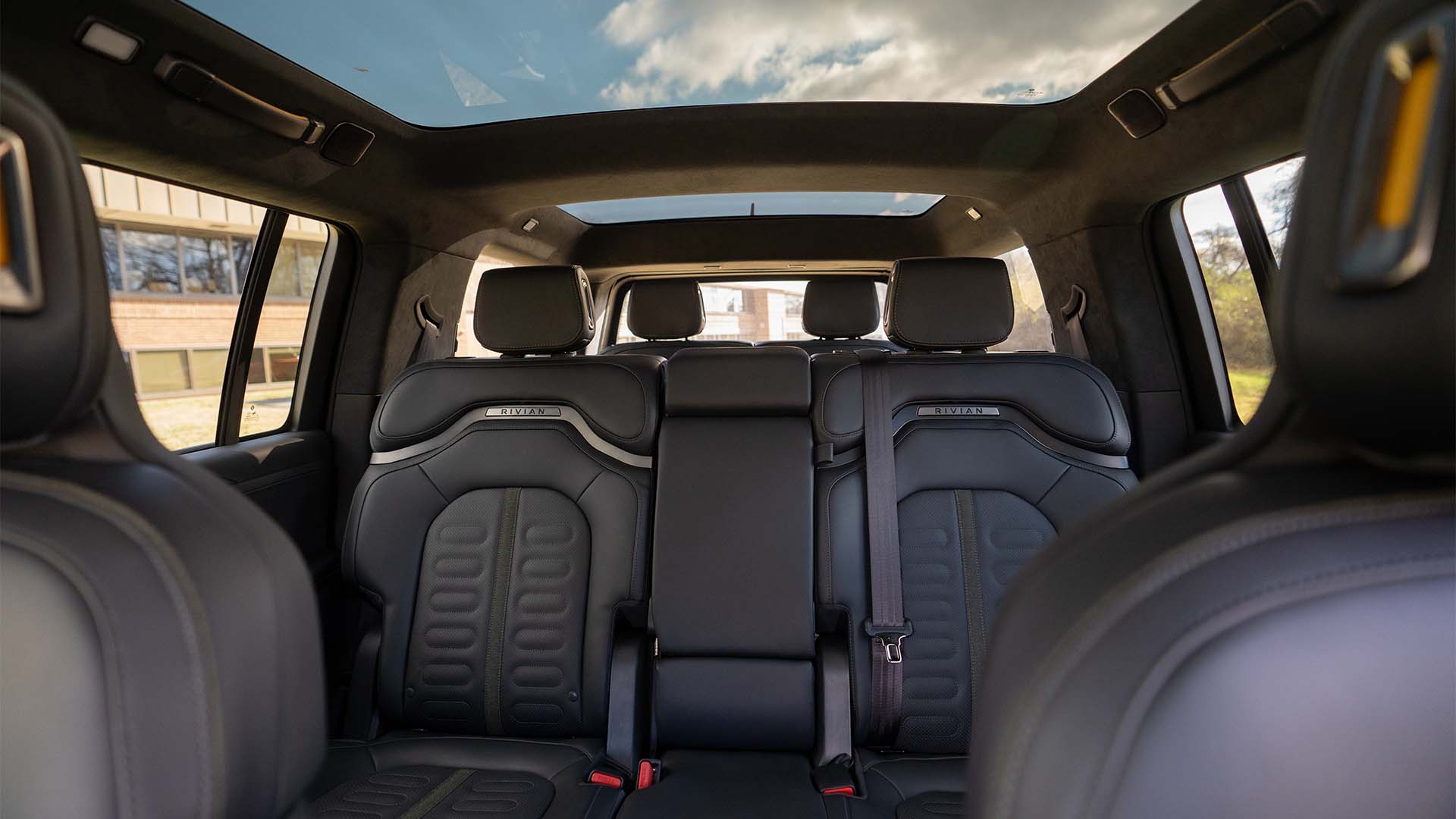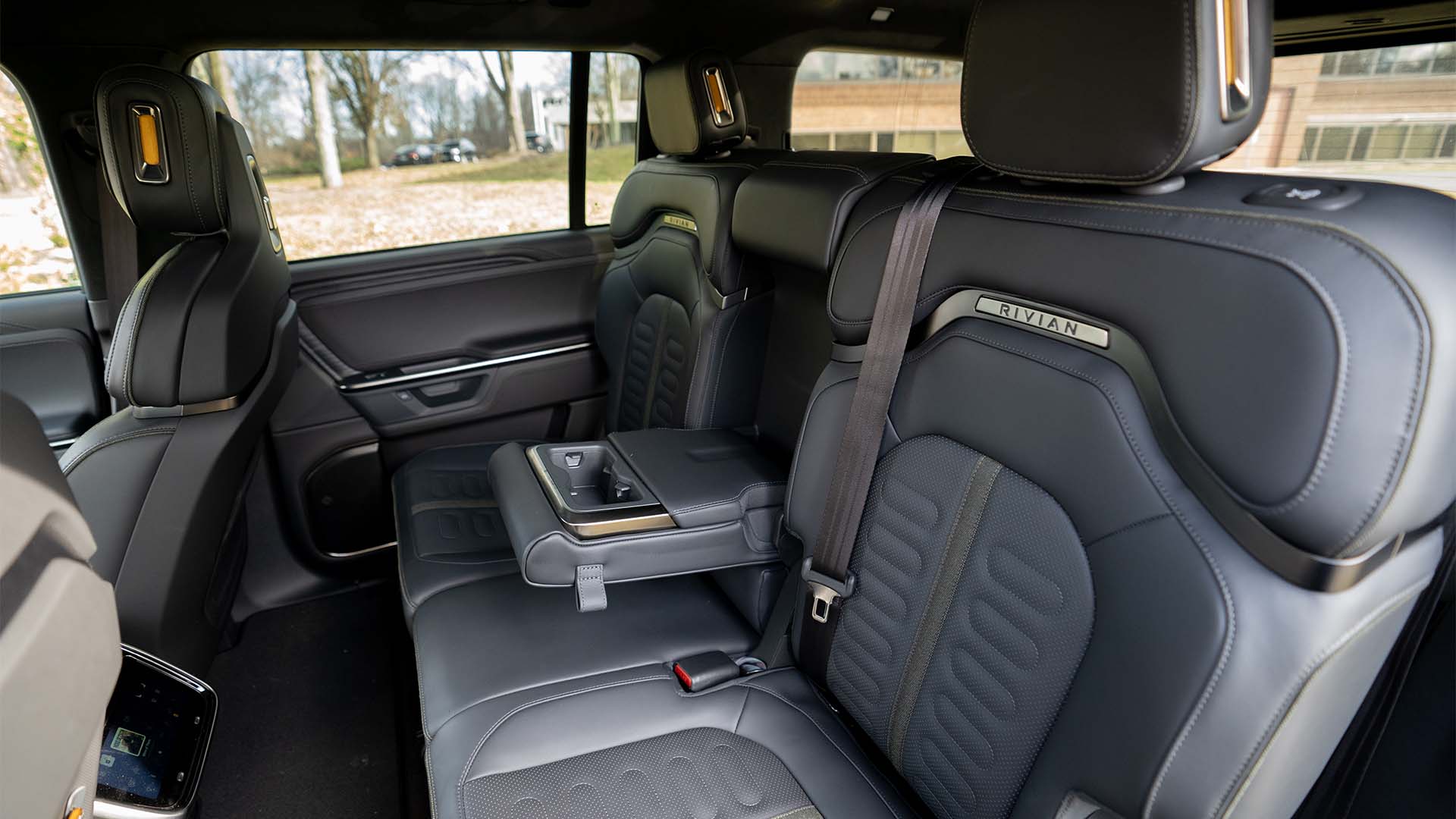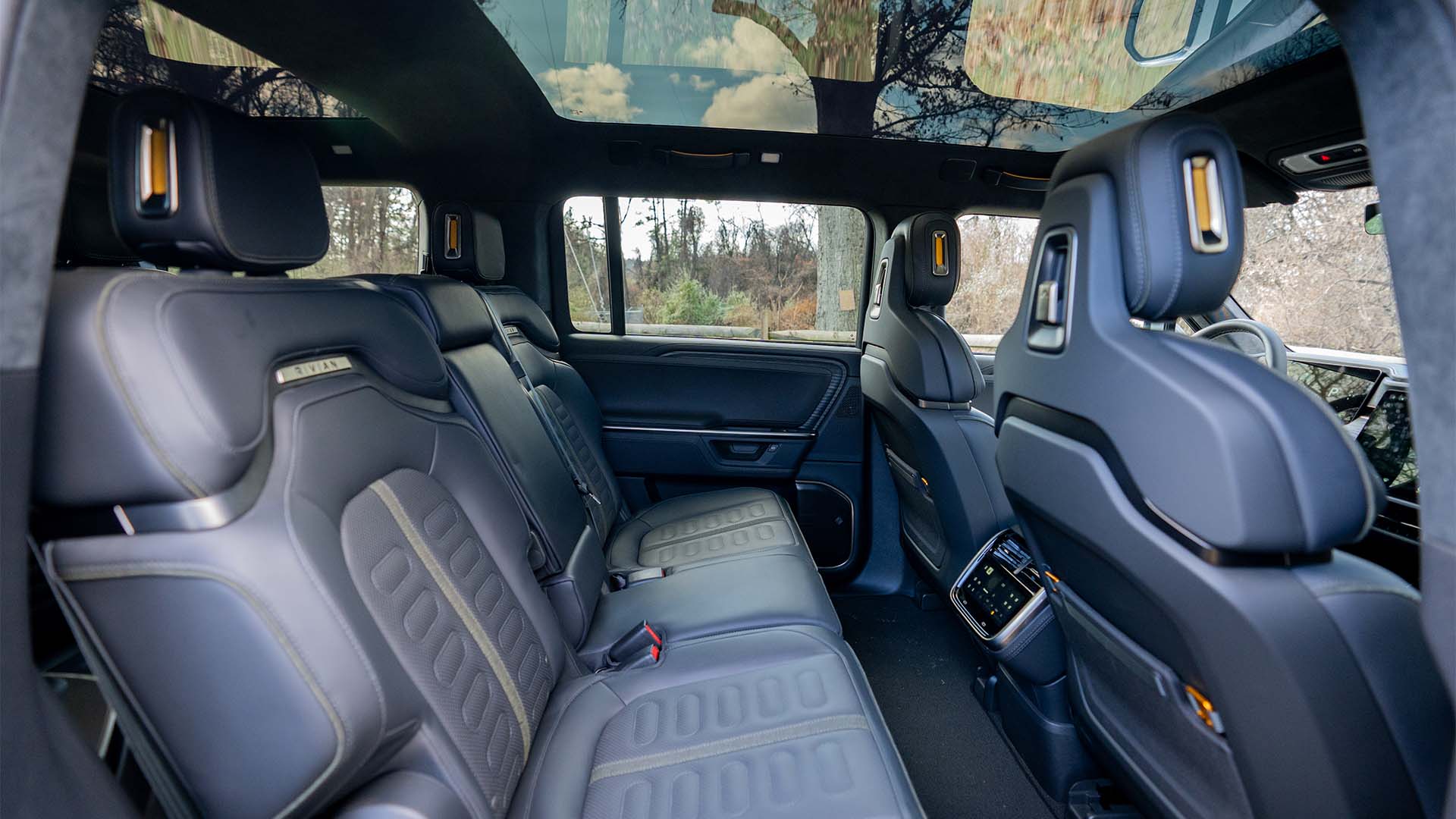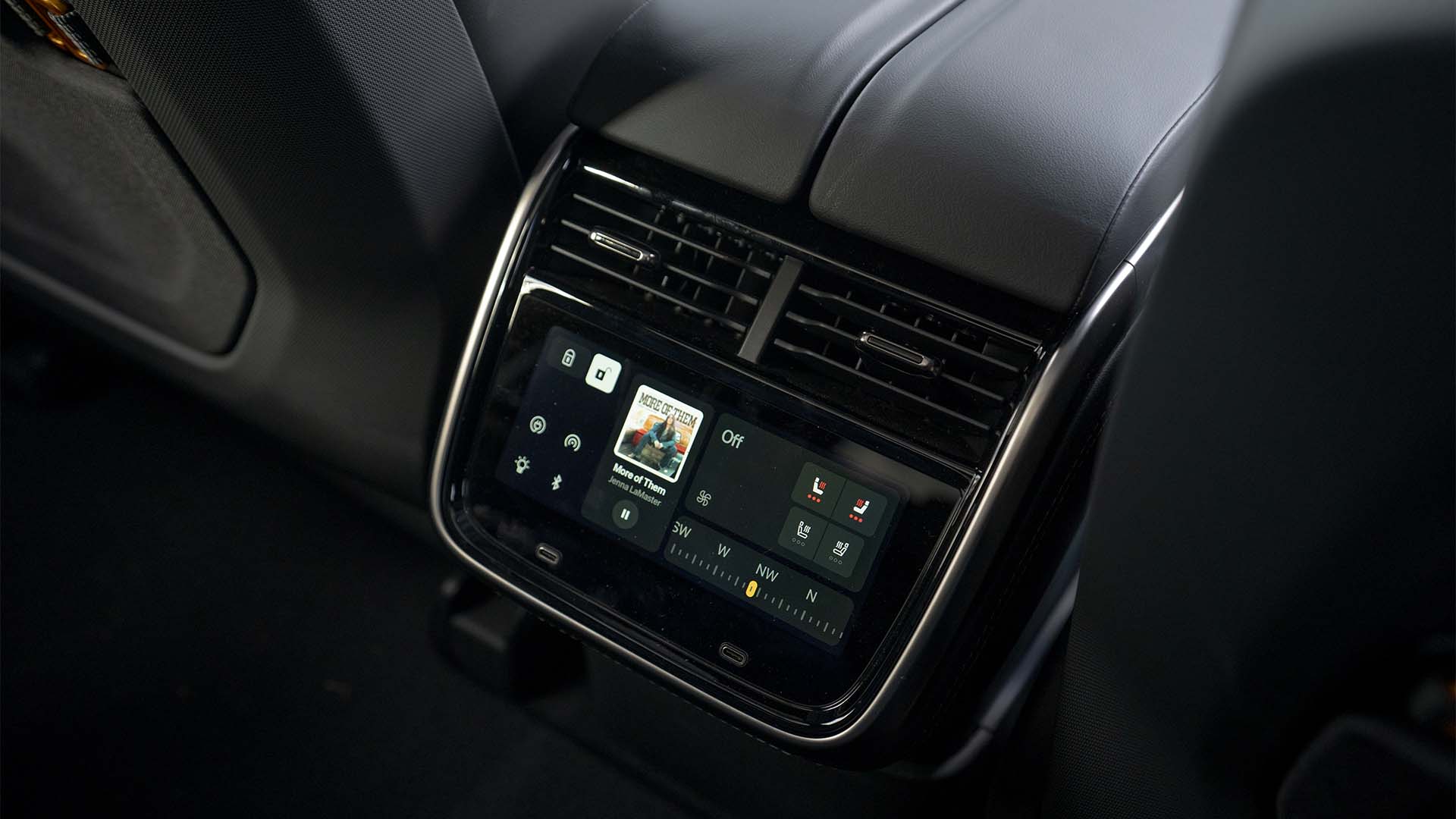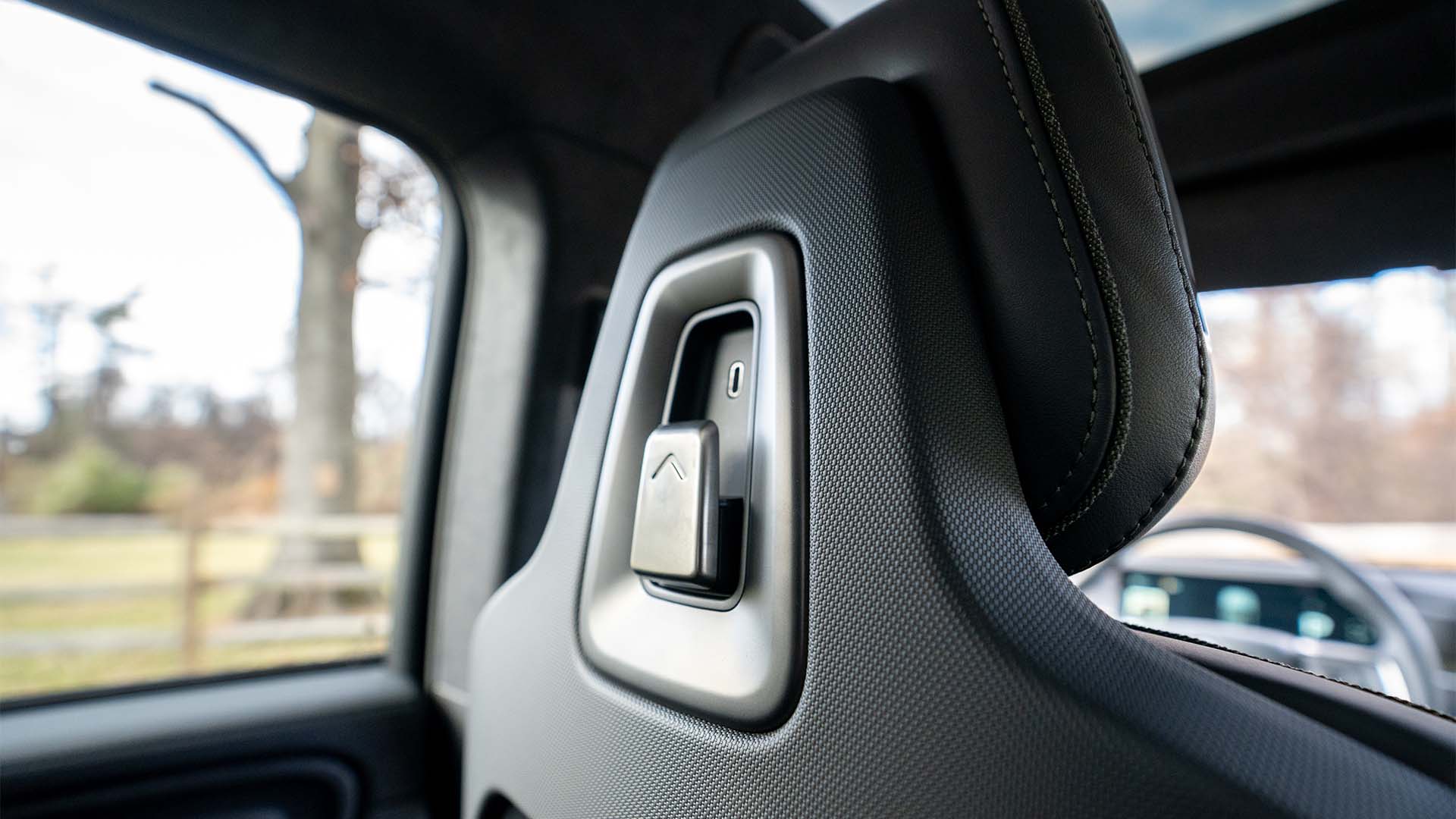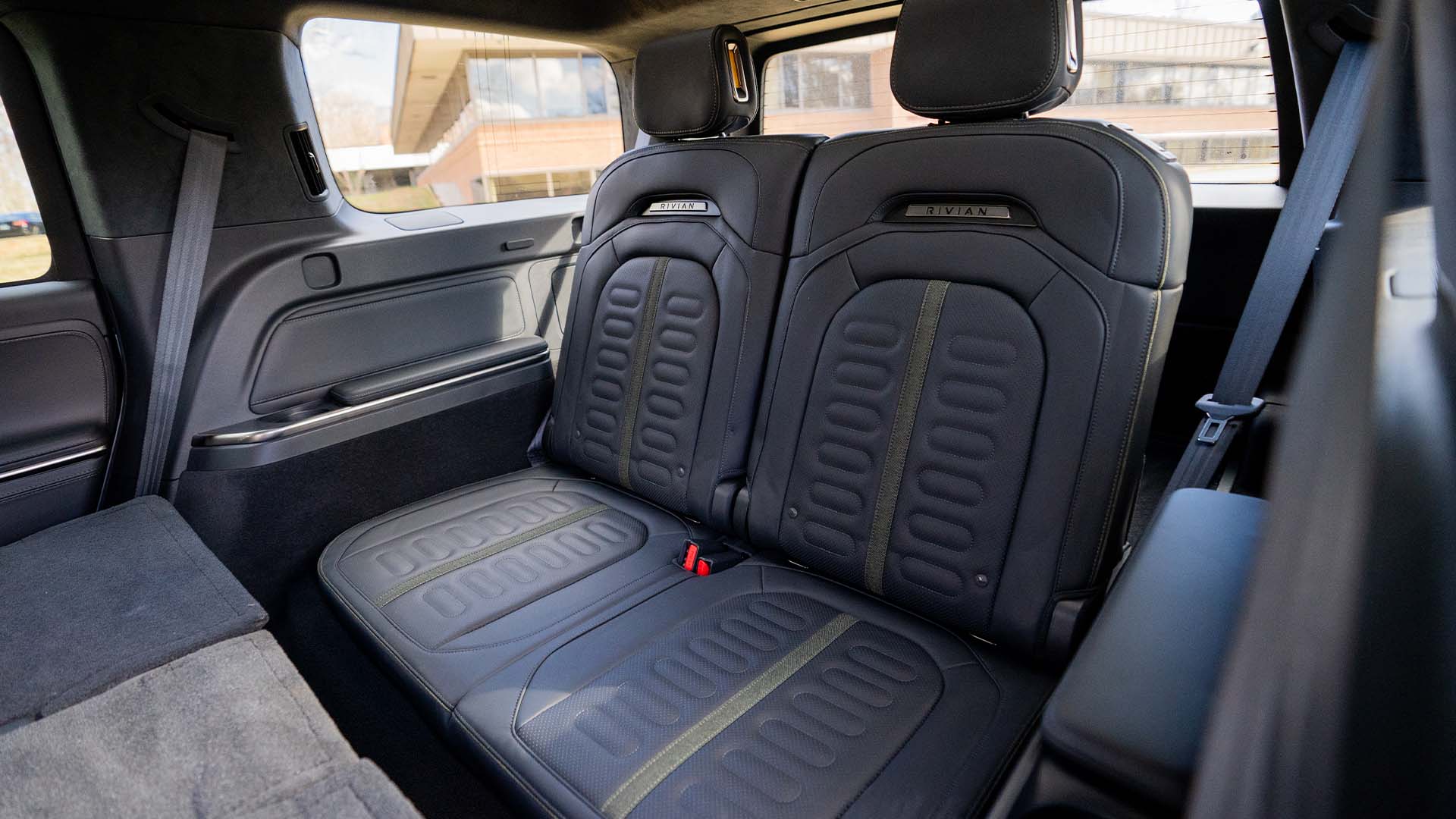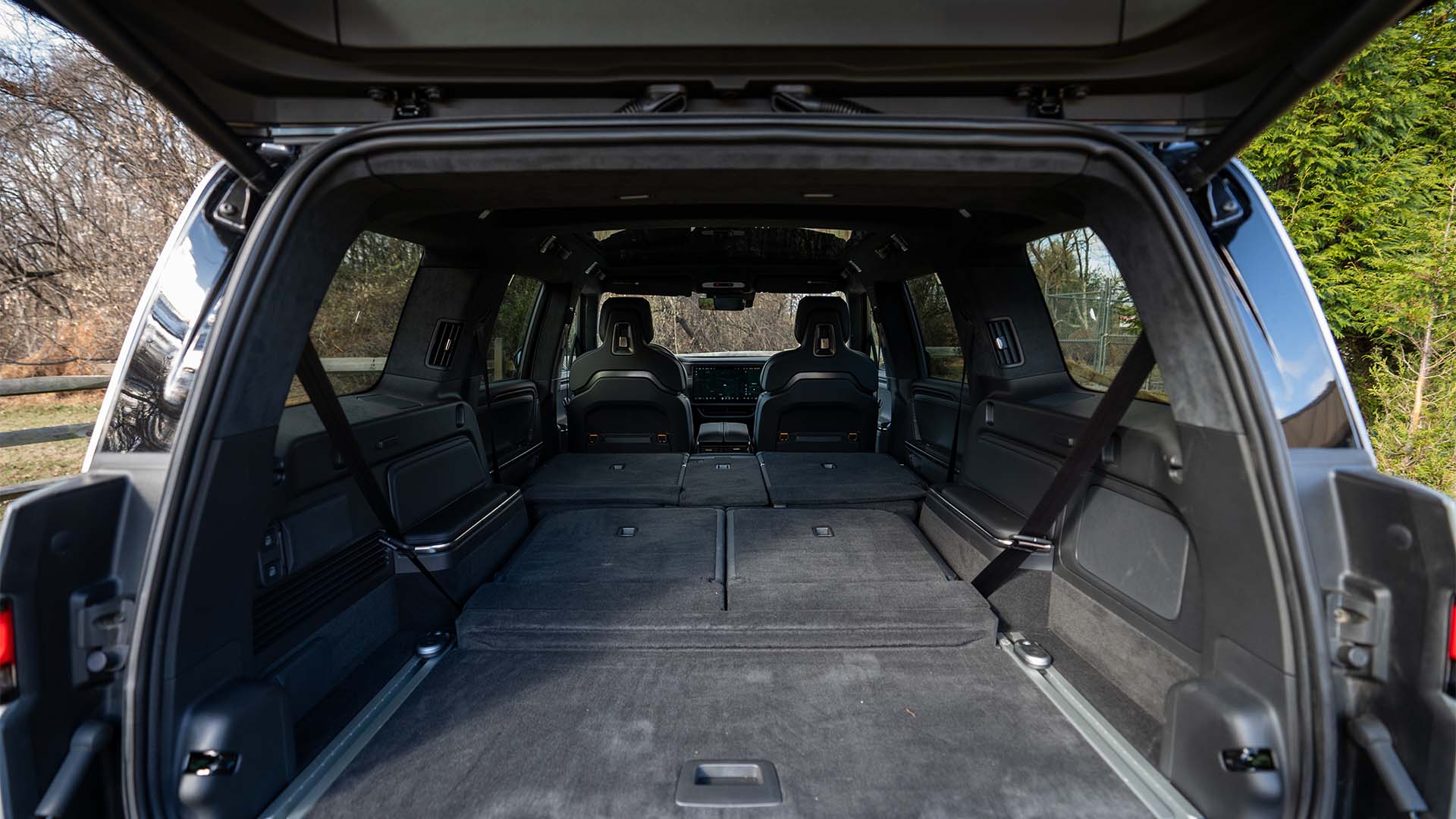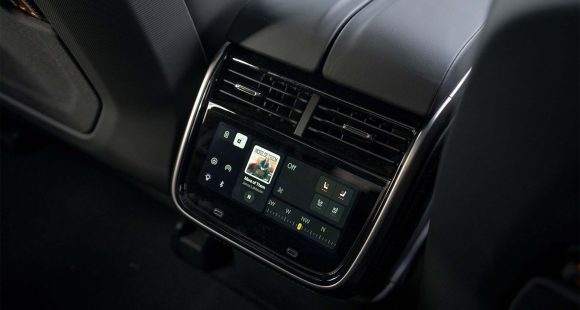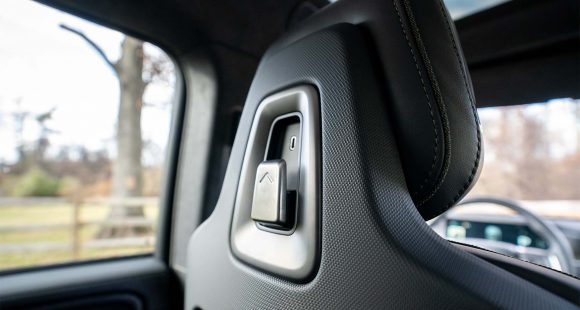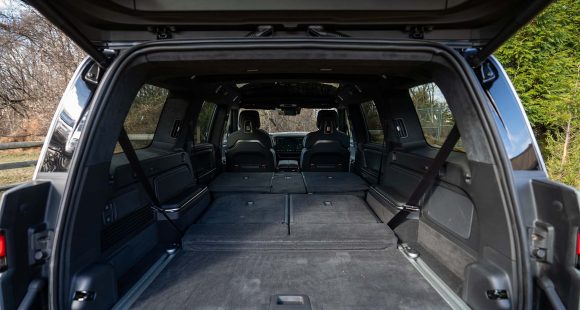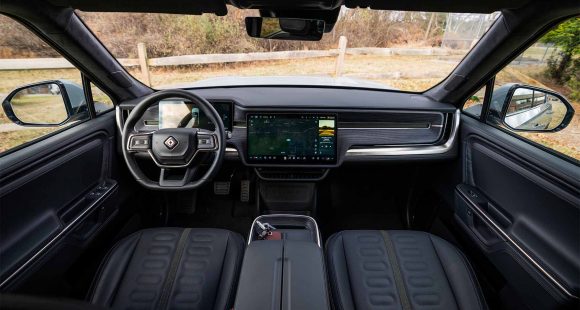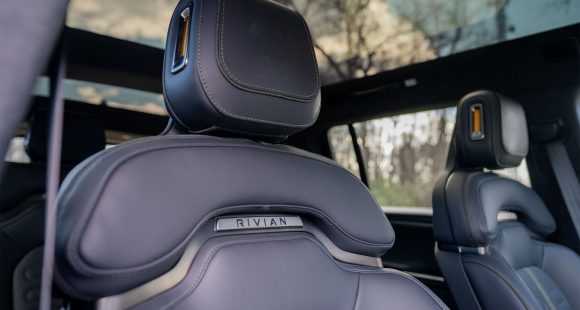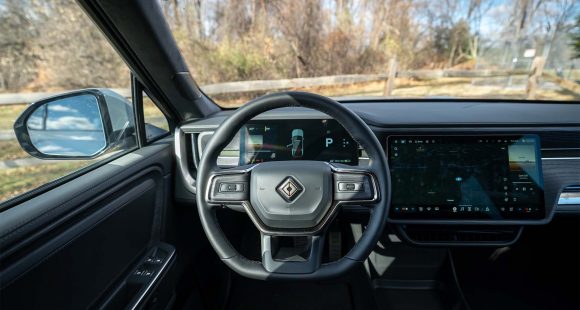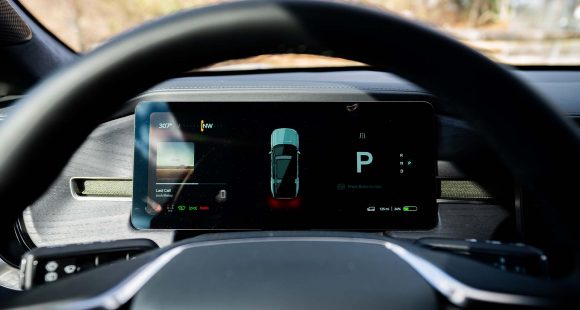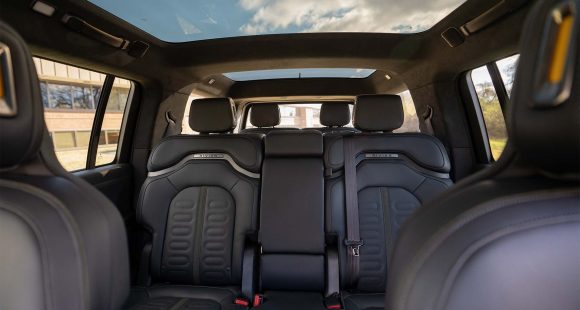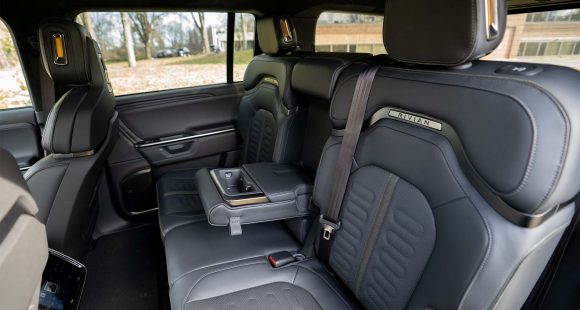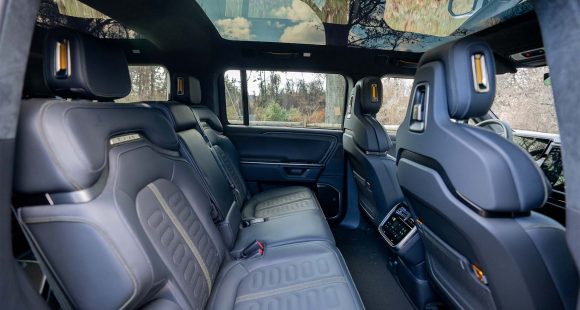2015 Subaru Legacy
The Subaru Legacy has been around long enough to actually have a legacy. That’s 26 years and counting as a comfortable, affordable, reliable family sedan choice. It’s also mirrored the legacy of the Subaru brand itself: delivering all-weather capabilities in a slightly quirky package. Well, an all-new Legacy is looking to update both histories, while also going a bit more mainstream.
The Subaru Legacy sedan has always labored in the popularity shadow of the Outback Sport Utility Wagon with which it once again shares a platform. So, what does the 2015 Legacy bring to the table to warrant more of the spotlight?
Well, for one thing, smoother, more mainstream styling. It looks like Subaru is taking a page out of the Honda Accord book by making the Legacy silkier, if also more conservative.
And that’s OK if, like the Accord, you design the car to be appealing as an entire package, and not just a shiny object of great desire that lacks good practicality and purpose. And, without a doubt, the Legacy has come a long way towards becoming that type of very desirable car.
 And perhaps that’s why they didn’t stretch too much on the powertrains as both engines carry over from last year. The 2.5-liter flat-4 sees a minor 2-horsepower gain to 175, and will still be the choice for most buyers. Our car’s very robust 3.6-liter flat-6 carries over unchanged with 256-horsepower and 247 lb-ft. of torque
And perhaps that’s why they didn’t stretch too much on the powertrains as both engines carry over from last year. The 2.5-liter flat-4 sees a minor 2-horsepower gain to 175, and will still be the choice for most buyers. Our car’s very robust 3.6-liter flat-6 carries over unchanged with 256-horsepower and 247 lb-ft. of torque
No manual or traditional automatics are offered, as a CVT is the only transmission. And it works surprisingly well this go around, being smoother with fewer…quirks!
Plus, it has helped raise the 6’s fuel economy numbers, though they still aren’t stellar; perhaps that‘s because all-wheel-drive is still standard. Government Fuel Economy Ratings are 20-City, 29-Highway, and 23-Combined for the six. We averaged 25.5 miles-per-gallon of Regular in a mixed loop of driving. If you don’t mind sluggish acceleration the 2.5 four has 30% better fuel economy.
At our test track, Subaru’s CVT performed quite well when combined with our snappy 3.6-six. The simulated shifting was strong and accompanied by a nice surge of power as the RPMs dipped ever so slightly. 0 to 60 was dispatched in a reasonable 7.3 seconds, and we ended the quarter-mile in 15.7-seconds at 92 miles-per-hour.
A much stiffer chassis and some honest to goodness heft to the wheel helps the Legacy also perform with more composure and sportiness than most rivals. Things are way more fun to drive than last year, with a definite hike in chassis feedback, and an overall demeanor that’s more Mazda6 than Camry.
Steering is quick and precise for both inputs and corrections, and handling prowess is aided by brake intervention Active Torque Vectoring. Overall braking performance fell back to about average, however, with some minor fade. Stops of 125-feet from 60 were smooth and straight.
 Things are well above average inside, particularly in Limited trim……and now we pause from this road test to say thank you, thank you, thank you to Subaru for finally putting in a non-frustrating navigation system. With this latest infotainment system, they’ve went from absolutely one of the worst units to one of the best.
Things are well above average inside, particularly in Limited trim……and now we pause from this road test to say thank you, thank you, thank you to Subaru for finally putting in a non-frustrating navigation system. With this latest infotainment system, they’ve went from absolutely one of the worst units to one of the best.
Everything is clear, the colors really pop, and the street names are highly legible. Even the variable touch buttons work well. It’s a huge improvement both visually and functionally, and as much grief as we’ve given them over the years, we’d better spend some time praising, now that they’ve gotten it right.
Gauges are also both more informative and clearer, and again, thank you Subaru, for bringing back a real coolant temperature gauge. A backup camera is now standard on all Legacy’s too, but the feature packed Limited also gets leather heated seating front and rear, a 576-watt Harmon Kardon audio system, and blind spot detection.
Seats all-around deliver great comfort and most interior measurements are up just slightly; even trunk capacity climbs a little to 15.0 cubic-ft before you fold the split rear seats.
 Legacy base pricing also climbs slightly to $22,490 for the 2.5i. The 3.6R comes in top tier Limited trim only, and stickers for $30,390.
Legacy base pricing also climbs slightly to $22,490 for the 2.5i. The 3.6R comes in top tier Limited trim only, and stickers for $30,390.
It’s clear to us that Subaru has listened to current owners and changed only what needed to be changed. The new Legacy may be less quirky, but in it stead is a high quality car that’s not nearly as sedate as it looks. Plus, even though it’s more mainstream, it still offers standard all-wheel drive, something still unique to the affordable mid-size family sedan segment. The 2015 Subaru Legacy deserves it’s time in the spotlight. We’re very favorably impressed with the result.
Specifications
- Horsepower: 256
- Engine: 3.6 liter
- Torque: 247 lb-ft.
- 0-60 mph: 7.3 seconds
- 1/4 mile: 15.7 seconds @ 92 mph
- EPA: 20 mpg city/ 29 mpg highway
2025 Rivian R1S
Major Reboot for Rivian R1S
With just about every mainstream carmaker now onboard with battery-electric vehicles, EV-only brands are hoping there are still plenty of people out there willing to think outside the box. So, let’s see if Rivians latest R1S utility can make the case for taking the EV road less traveled.
Big changes have happened in the short time since the Rivian R1S first hit the streets three years ago. As for 2025, there are updates that touch just about every aspect of the vehicle. Yes, despite looking almost exactly the same outside, Rivian claims that beneath the surface, their entire electrical architecture has been significantly updated, eliminating a whopping mile and a half of wiring and 10 computer assemblies, allowing for more efficient operation.
But look closely and you will see their signature vertical oval headlights are updated with a new matrix of LED lights that can cycle individual elements on and off to provide maximum illumination where you need it without distracting oncoming drivers.
Not much change in the look of the interior either, but the synthetic leather upholstery is still very nicely done, though most touchpoints feel more rugged than luxury minded. With the exception of a couple controls on the steering wheel, you do still have to do almost everything on the R1S’s 15.6-inch touchscreen, but the user interface has been improved. So, while we do wish they could have reverse-engineered a knob or two into the mix, we realize full touchscreen interface is just what people expect in their high-end EVs these days, and at least it works better than before. And the gauge display still wows you with the amount of information it displays and is mounted high enough that no additional head-up display is needed. A new Rivian Autonomy Platform uses 11 cameras, five radars and A.I. for self-driving, or just to monitor what’s going on around the vehicle even when it’s parked.
This [EV] really feels fast, sitting you up high and throwing you back in your seat with authority.
Rivian has also given the R1S a substantial suspension revision with new spring rates, bushings, and mounts; along with new tuning for the adaptive dampers and roll-mitigation system. It does provide a more balanced street attitude, but it still rides like a truck. That’s great if that’s the experience you’re looking for; not as ideal if you’re looking for more of the smooth luxury-style treatment.
All R1Ss are all-wheel drive, but there’s a wide variety of powertrain options including a new Tri-Motor setup. Outputs range from the standard Dual-Motor’s 533 horsepower to the Quad-Motor’s impressive 1,025. There are several battery packs as well, delivering as much as 410 miles of range, giving the R1S the highest rating of any SUV on the market right now. Our Adventure trimmed tester featured the 665-horsepower Performance version of the Dual-Motor arrangement, with the Max battery and 20-inch wheels with all-terrain tires.
Theoretically, that setup is rated for 370 miles, but perhaps we were enjoying the “performance” theme too much as our results were well short of that, using 68% of the battery to drive only 189 miles, putting our estimated range around 278 miles. Using 43 kilowatts of electricity for every 100 miles earns the R1S a fair efficiency rating.
But all was forgiven at our Mason Dixon test track when this Rivian started blasting us to 60 in 3.8 seconds. Yes, there are faster EVs, but this one really feels fast, sitting you up high and throwing you back in your seat with authority, while the rear of the truck squats down substantially before hurling you off the line and down the track. Power delivery stayed strong the entire time, cranking away until we cleared the quarter-mile in 10.5 seconds at 108 mph.
Despite this utility’s substantial size and weight, we were able to keep a pretty fast pace through the cones of our handling course. The all-terrain tires obviously didn’t grip the pavement as well as all-seasons would, but the low center of gravity kept things very flat. Yes, it does feel very heavy, but the brakes were more than up to the task, stopping us from 60 mph in a very short 103 feet with surprisingly little nosedive and no fade.
Pricing starts at $77,700 for the Dual-Motor with Standard battery pack; our Dual-Motor Performance with the Max battery and All-Terrain Package came in just over $102,000.
While Rivian has had great initial success; sustaining that success will be a much tougher task. But, if they continue to put as much effort into improving their products as they have here with the 2025 R1S, we think their winning streak will only accelerate.
Specifications
As Tested
- Motor Setup: Dual Motor
- Battery Size: 141.5 kWh
- Horsepower: 665
- Torque: 829 lb-ft
- EPA Range: 370 miles
- 0-60 mph: 3.8 seconds
- 1/4 Mile: 10.5 seconds at 108 mph
- Braking, 60-0 (avg): 103 feet
- MW Test Loop: ~278 miles








